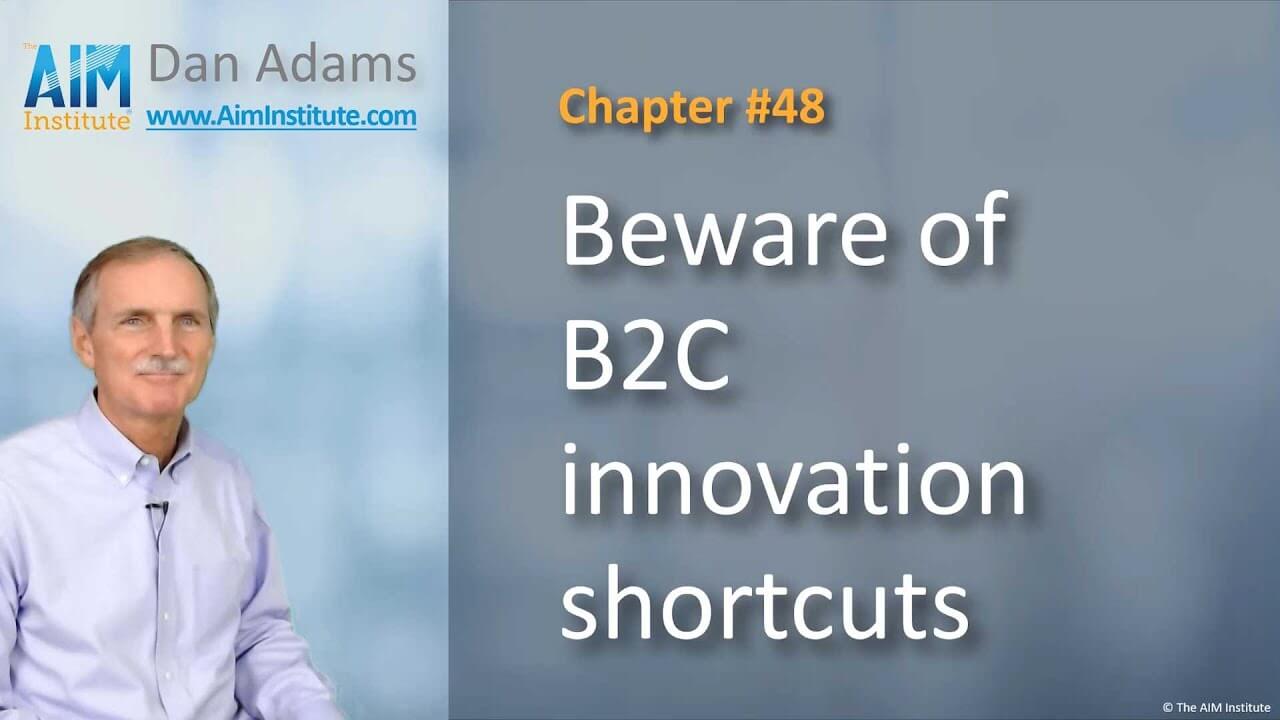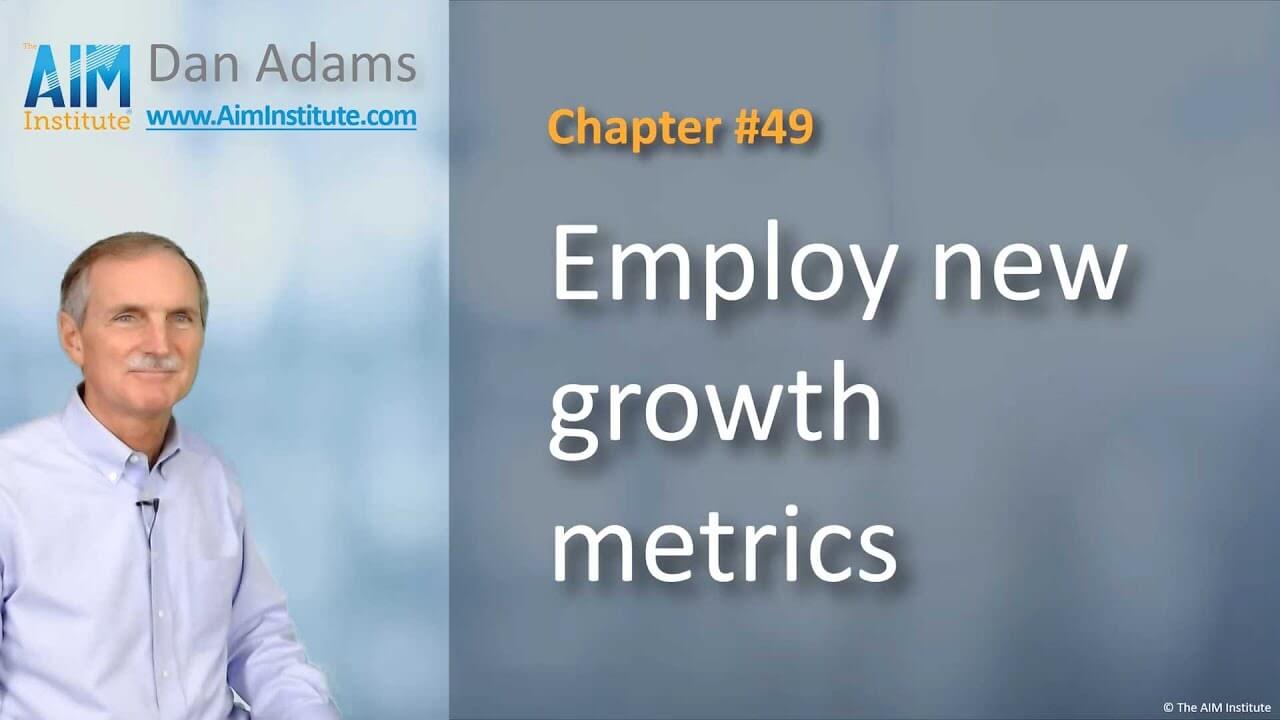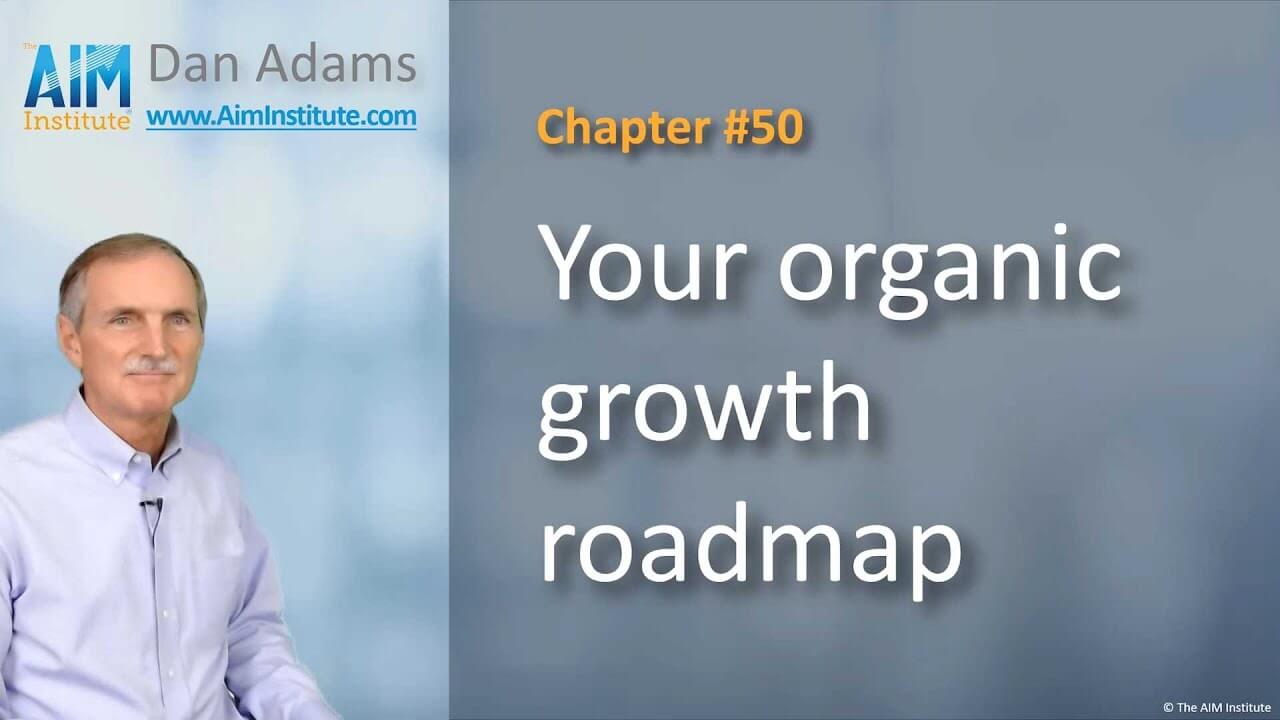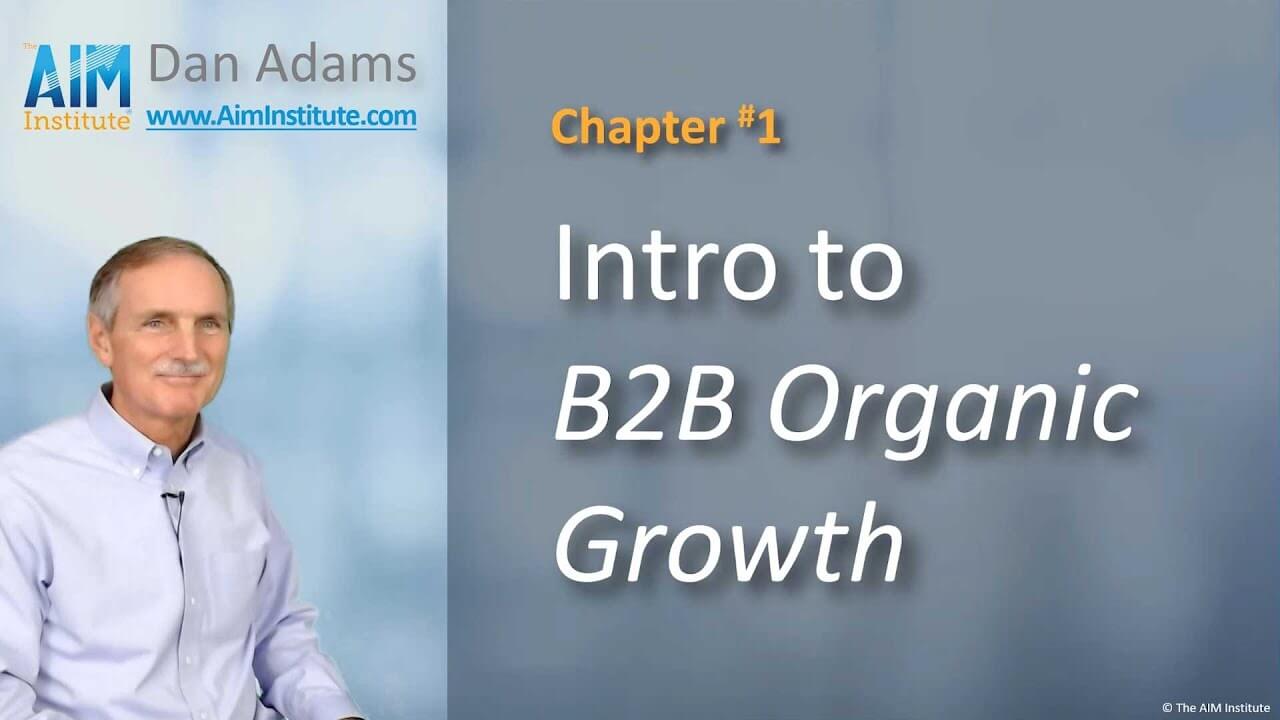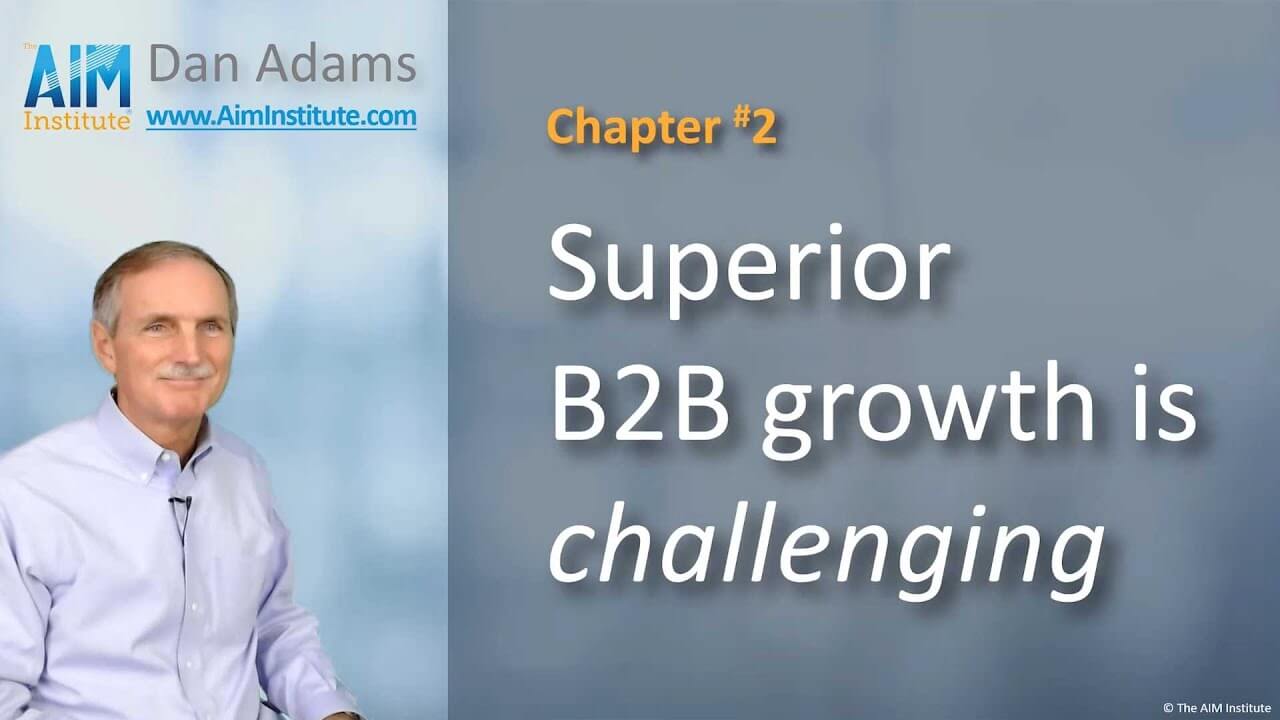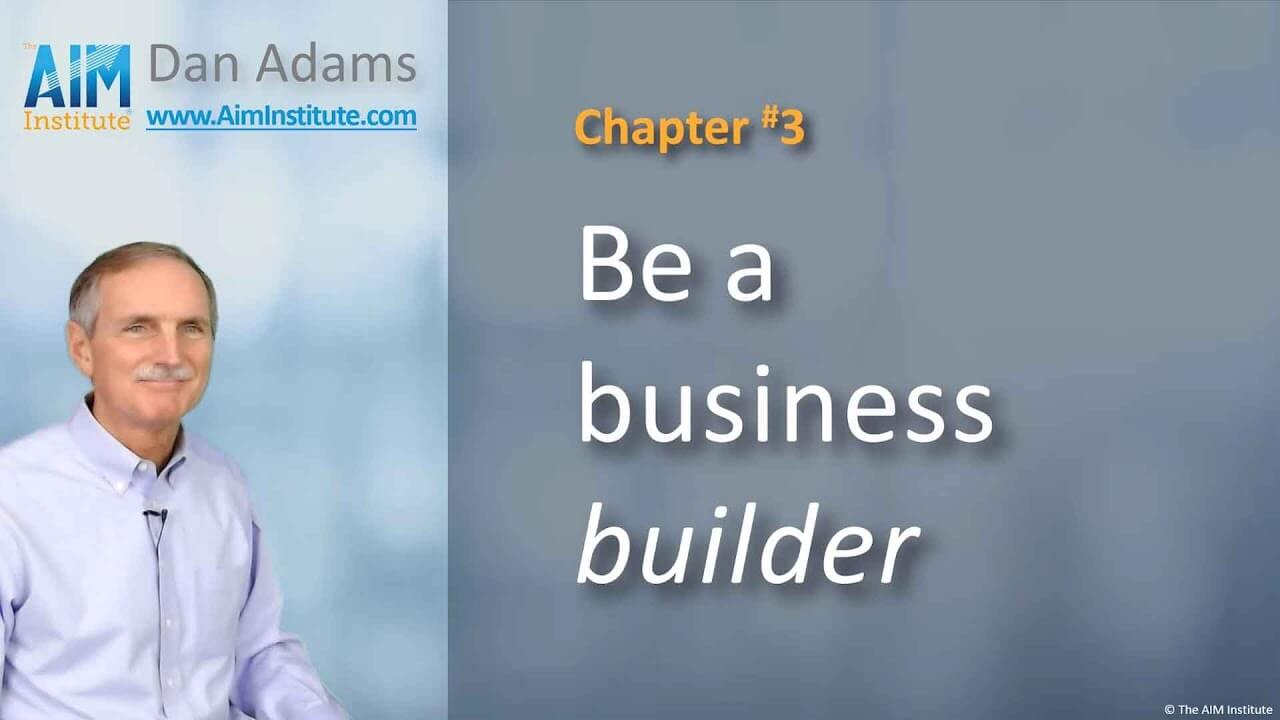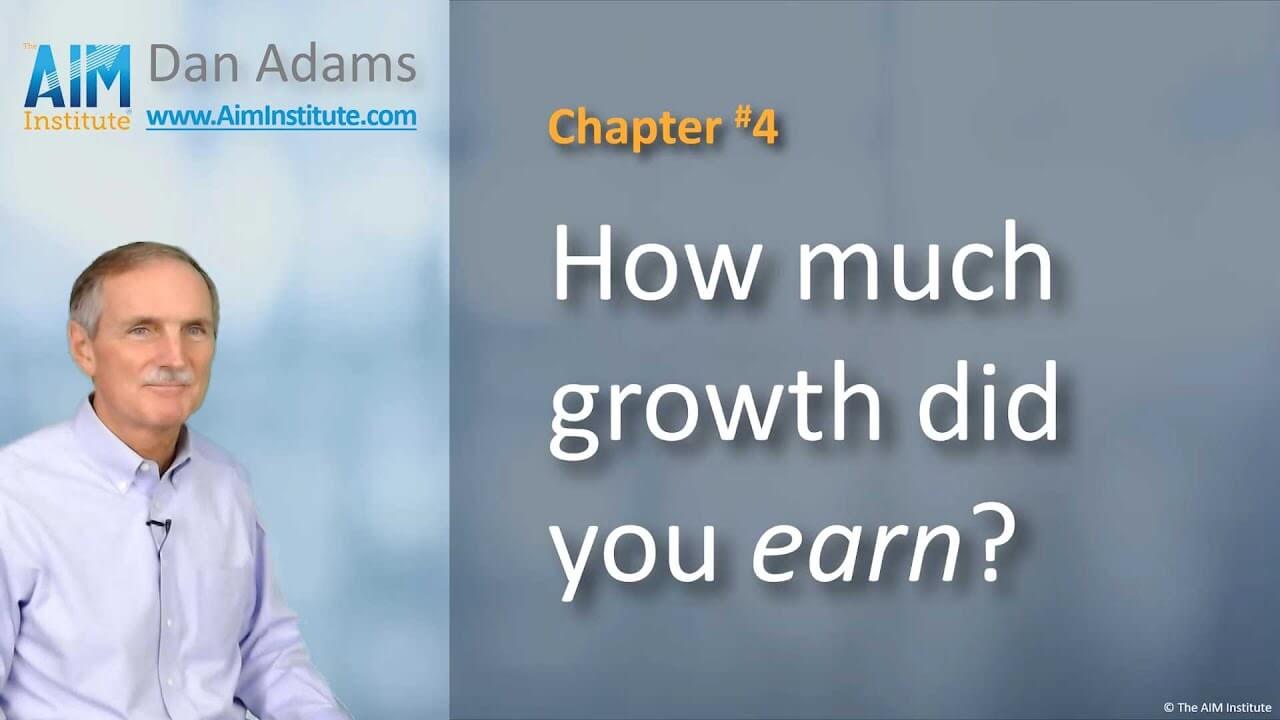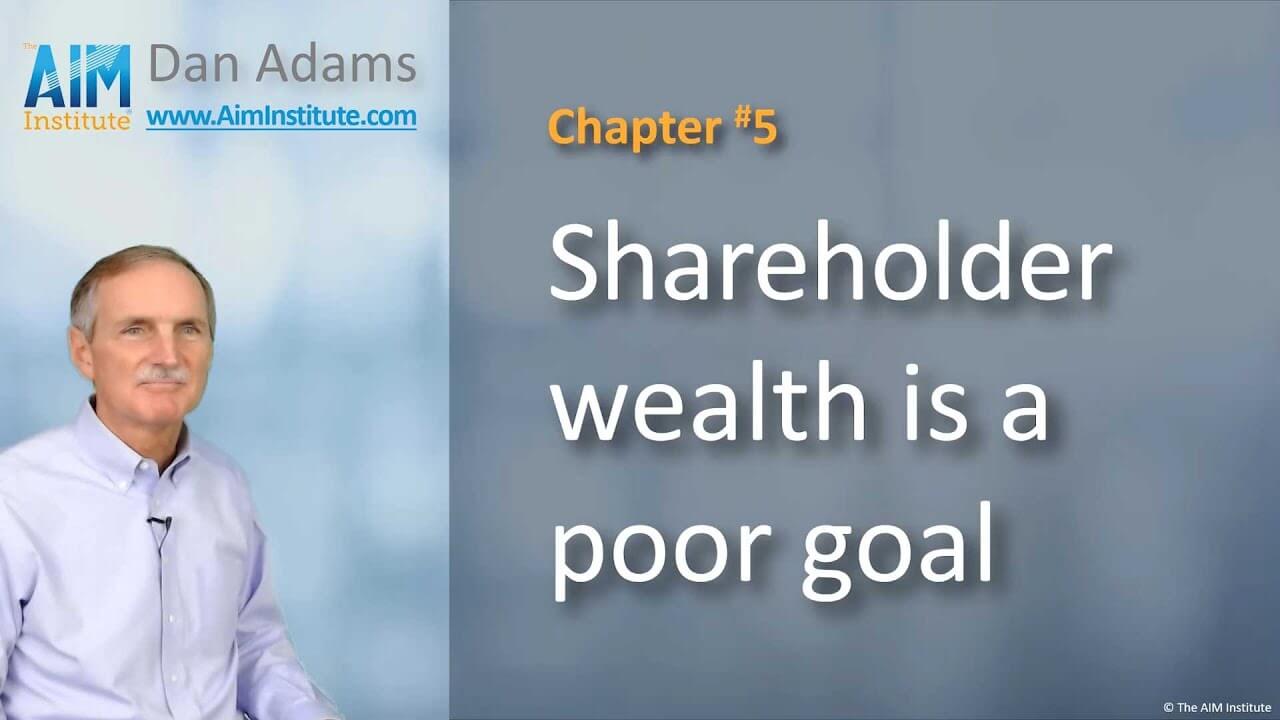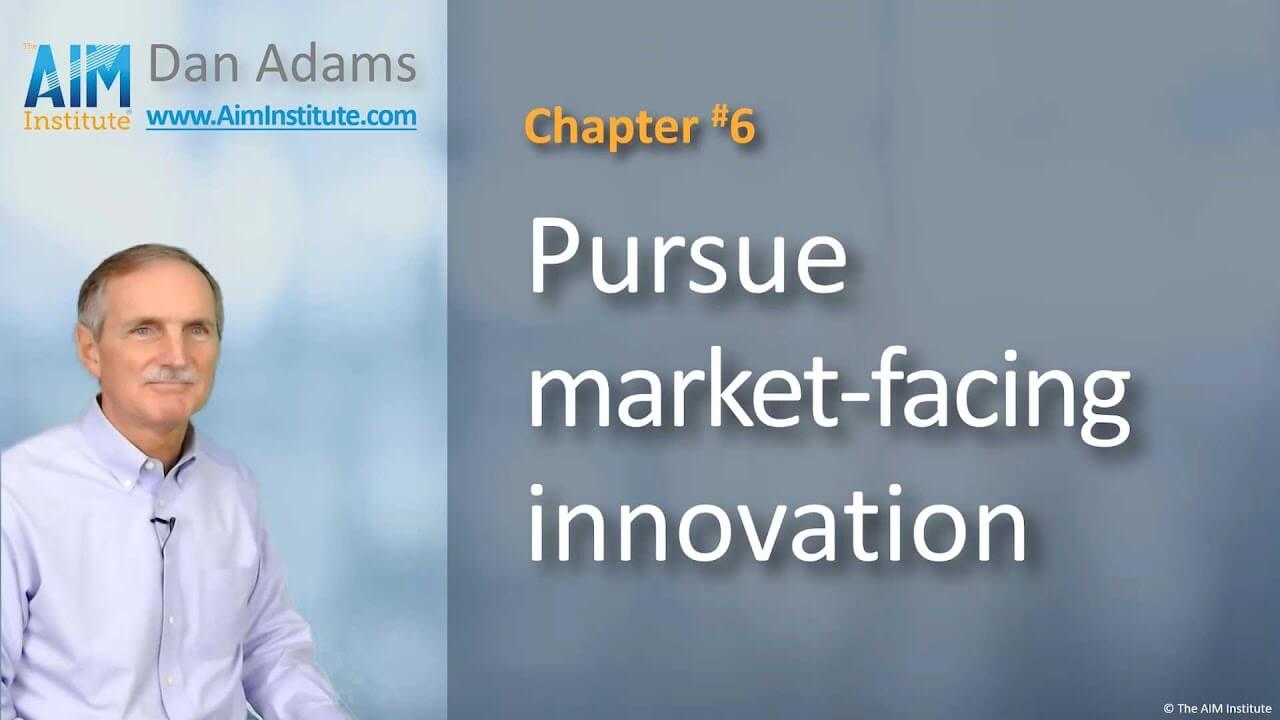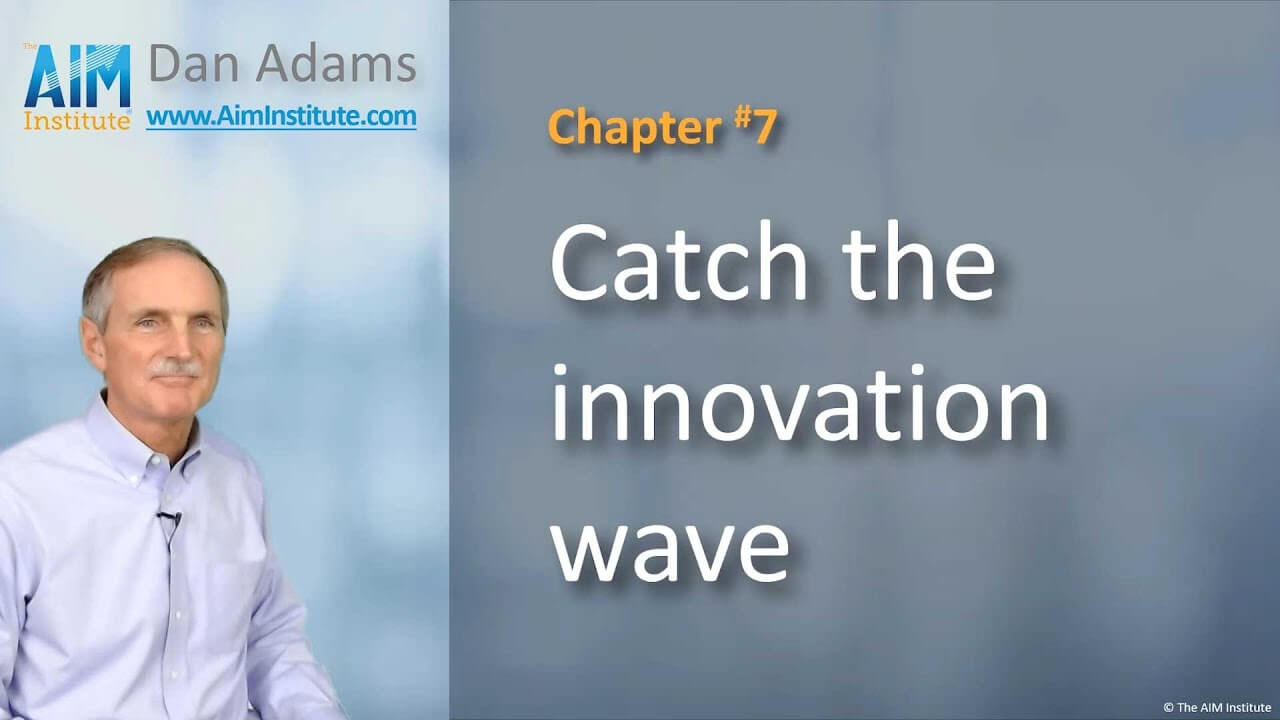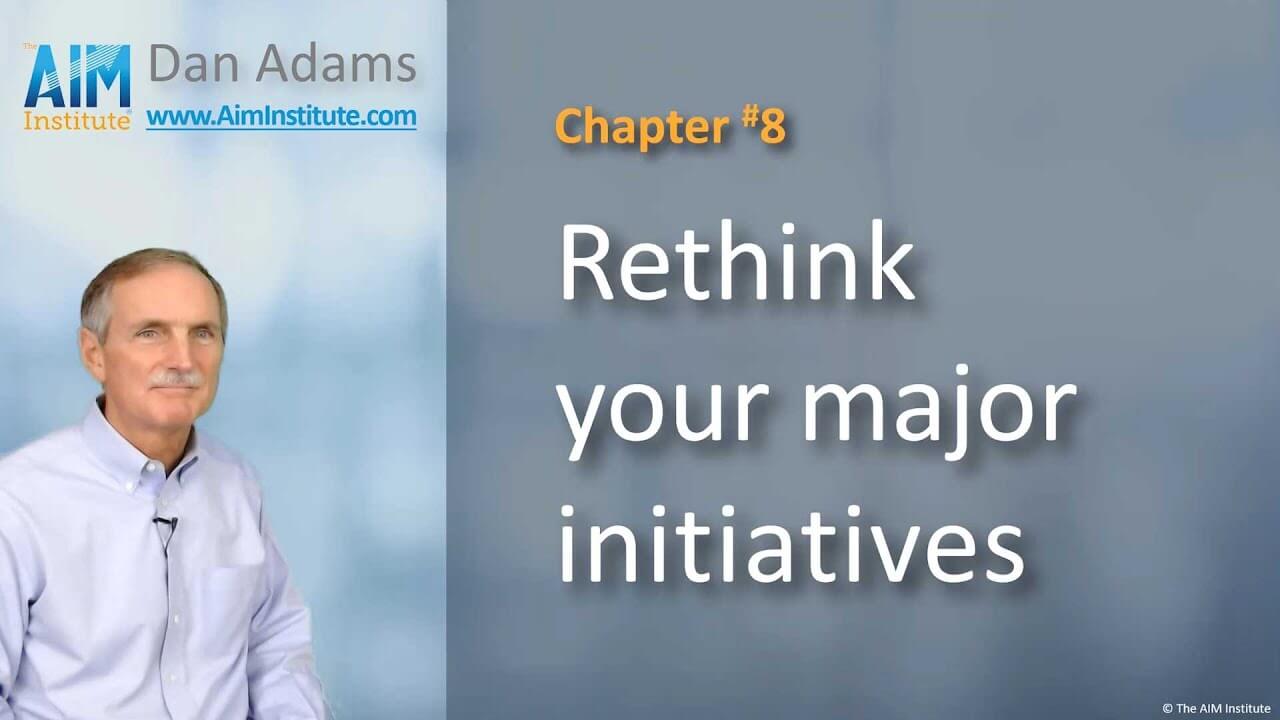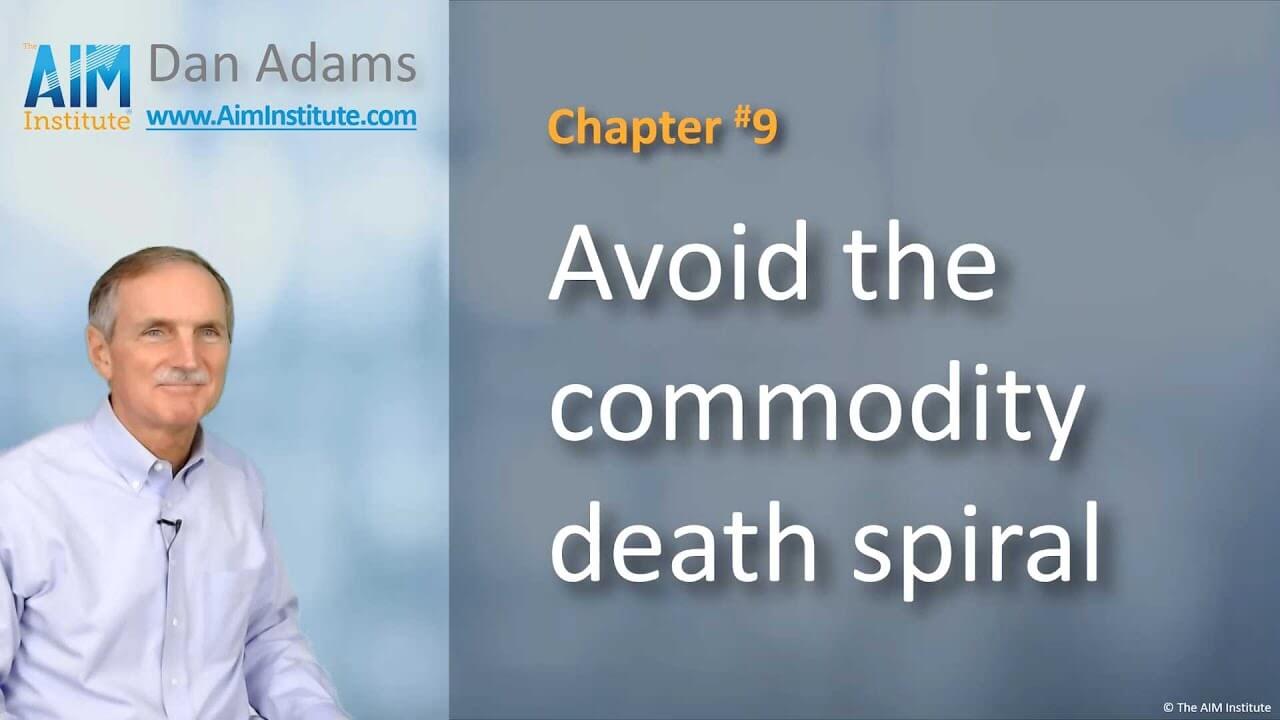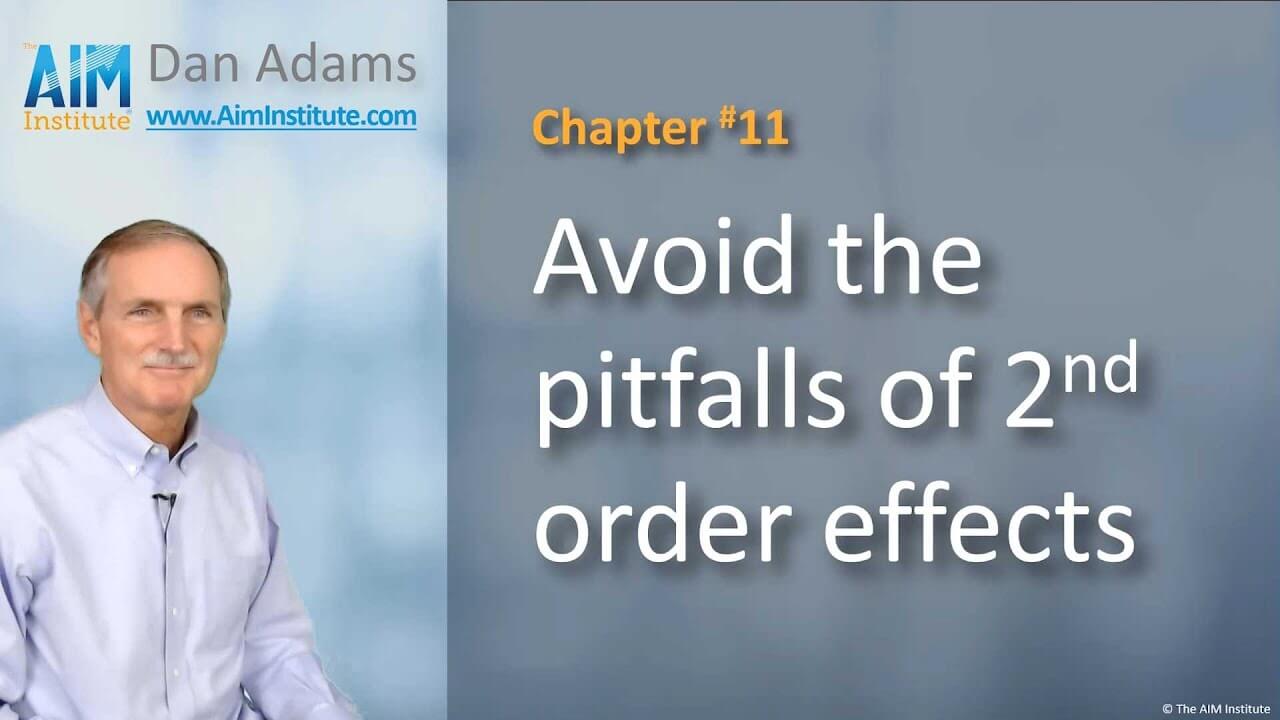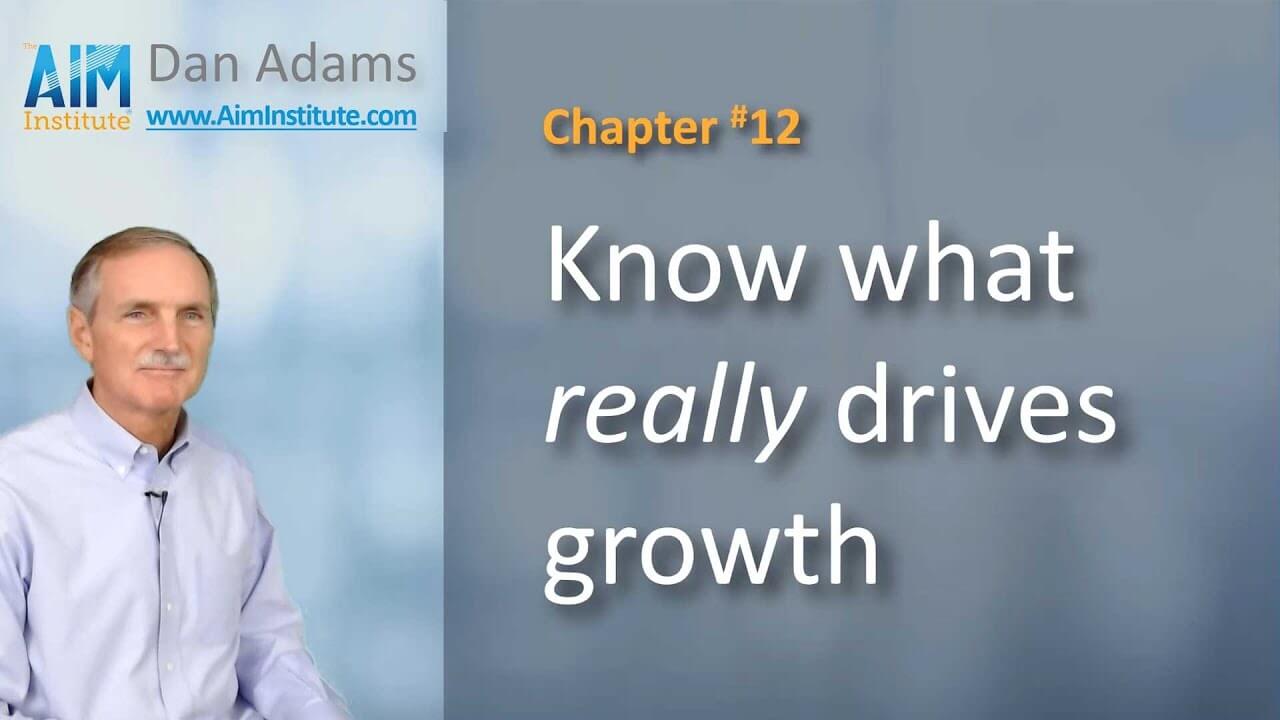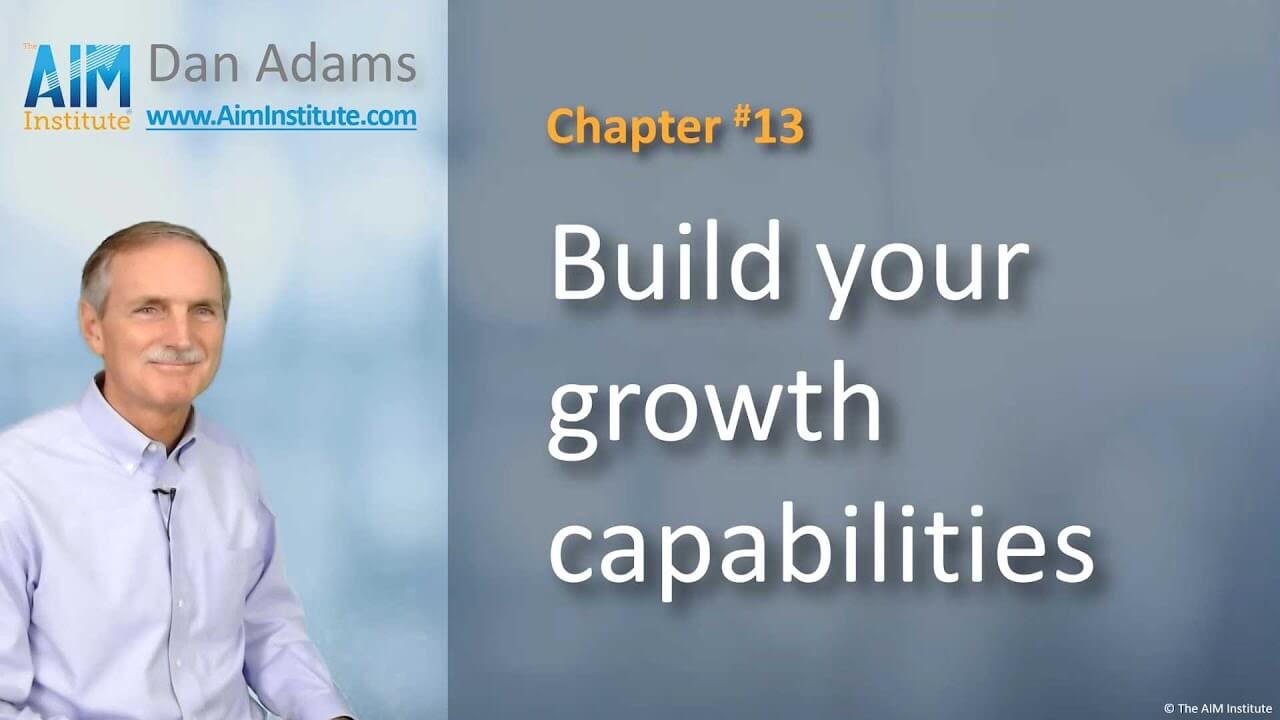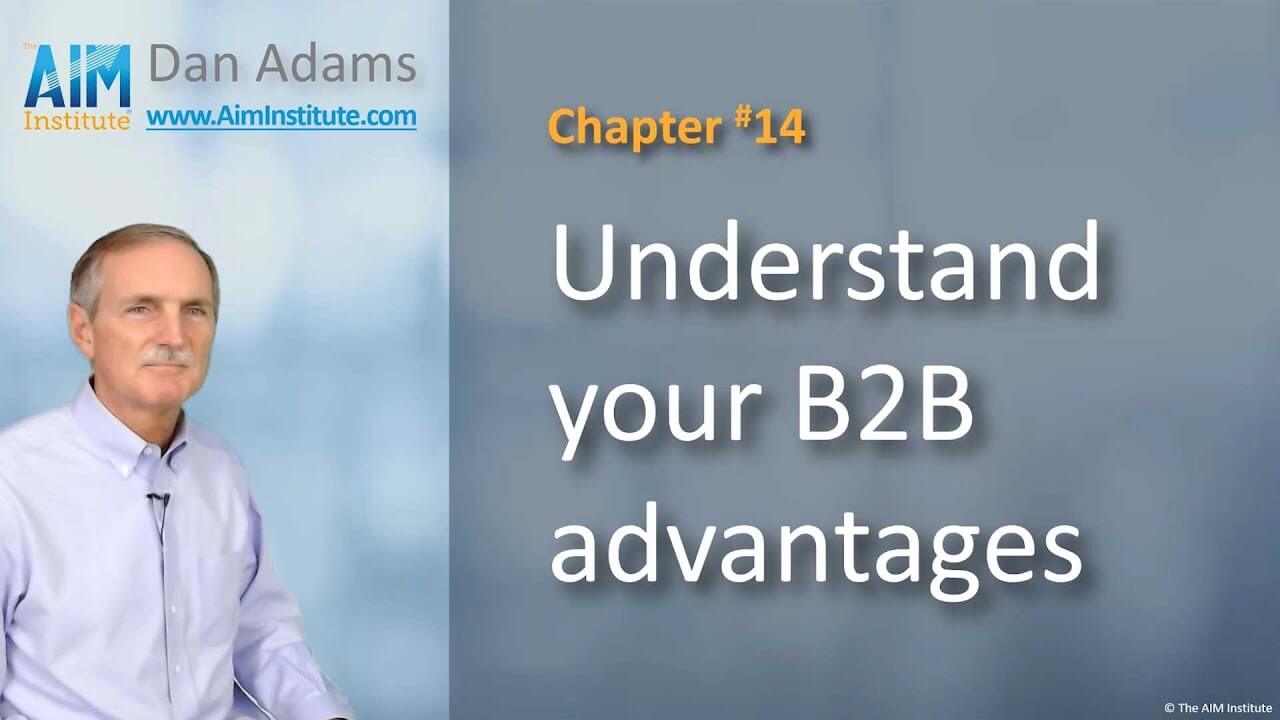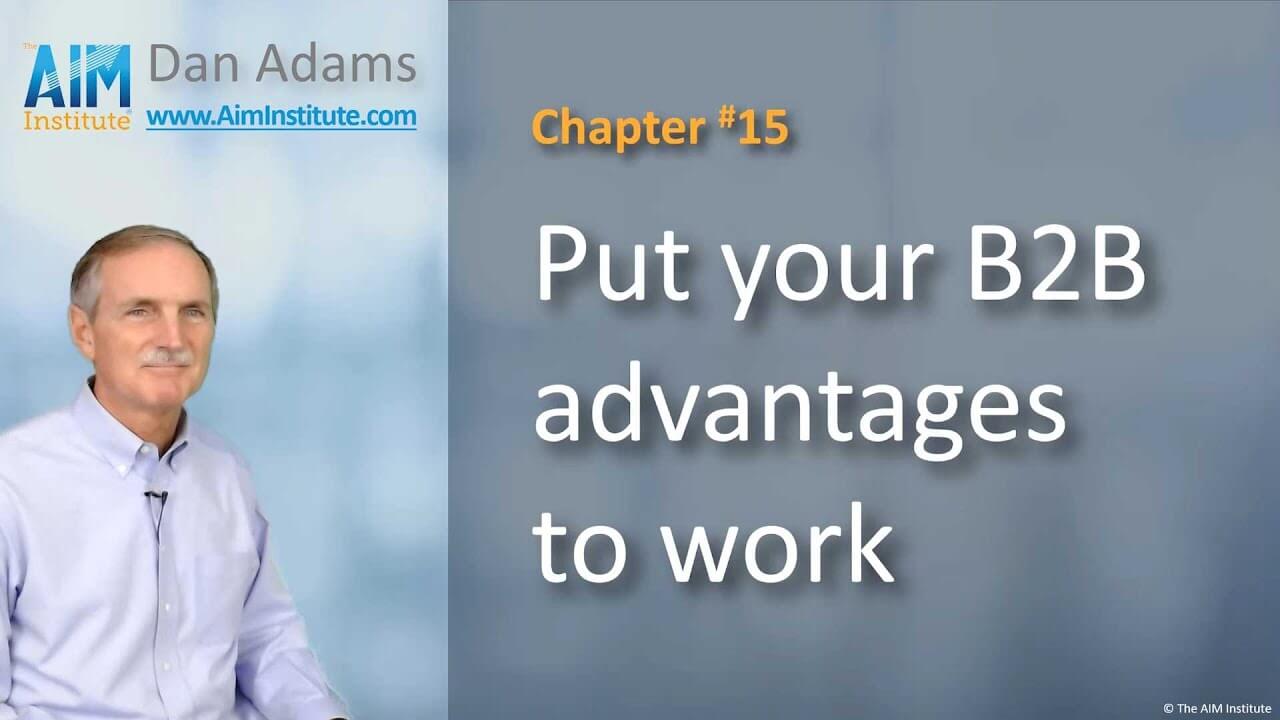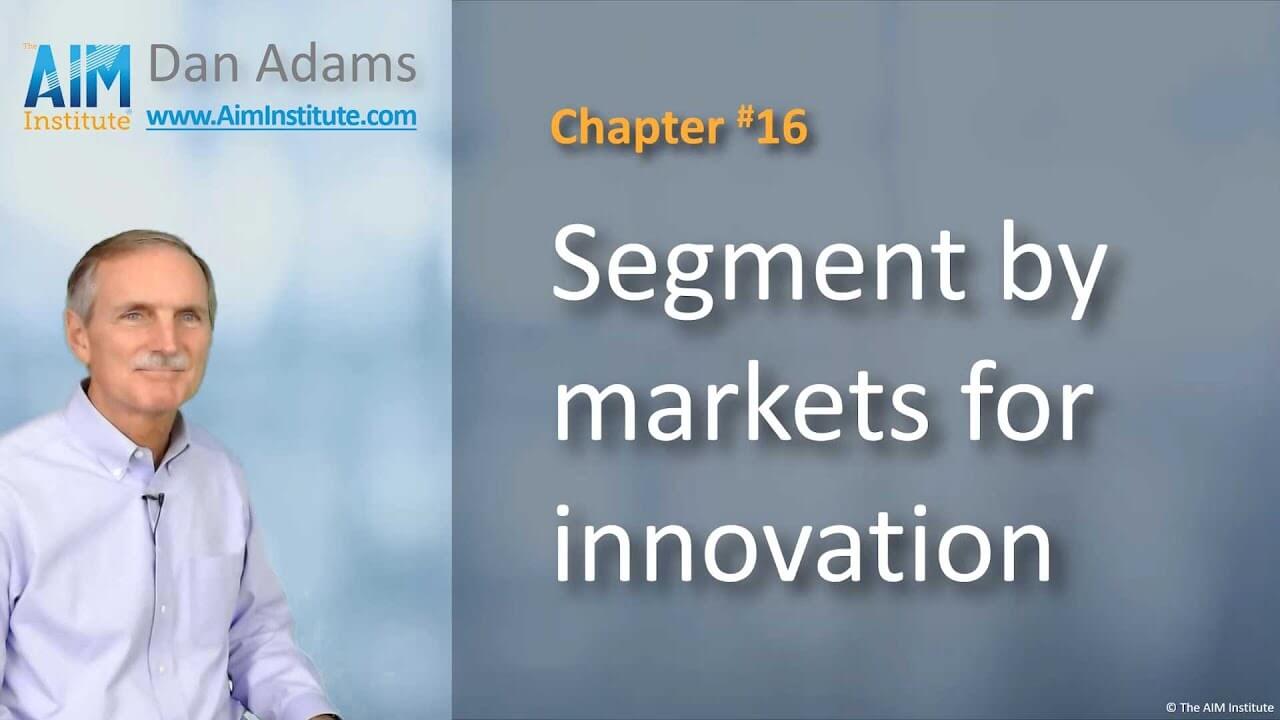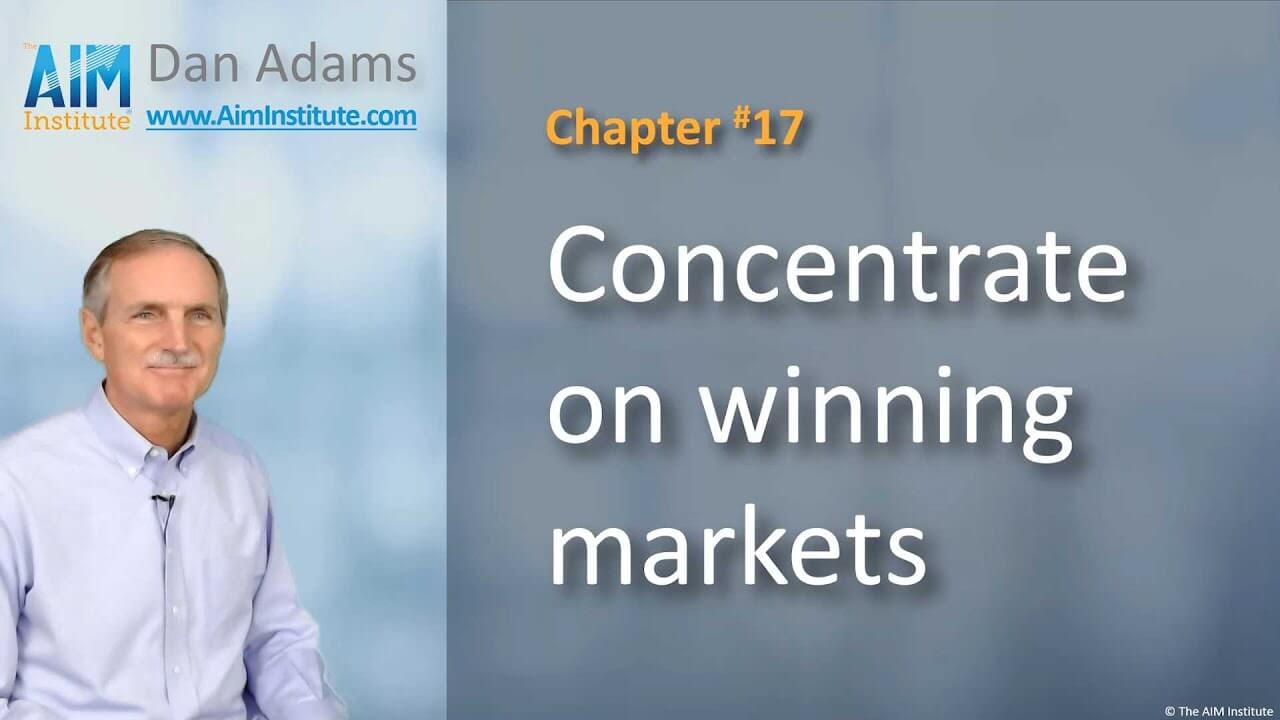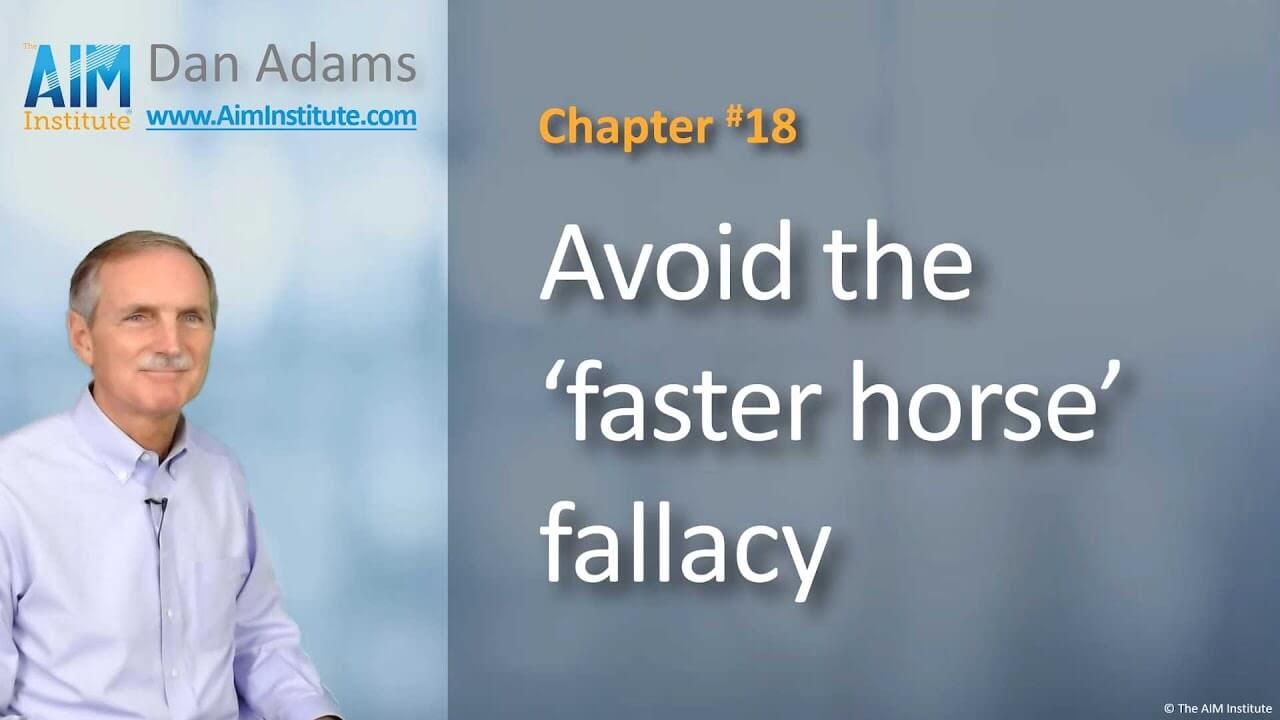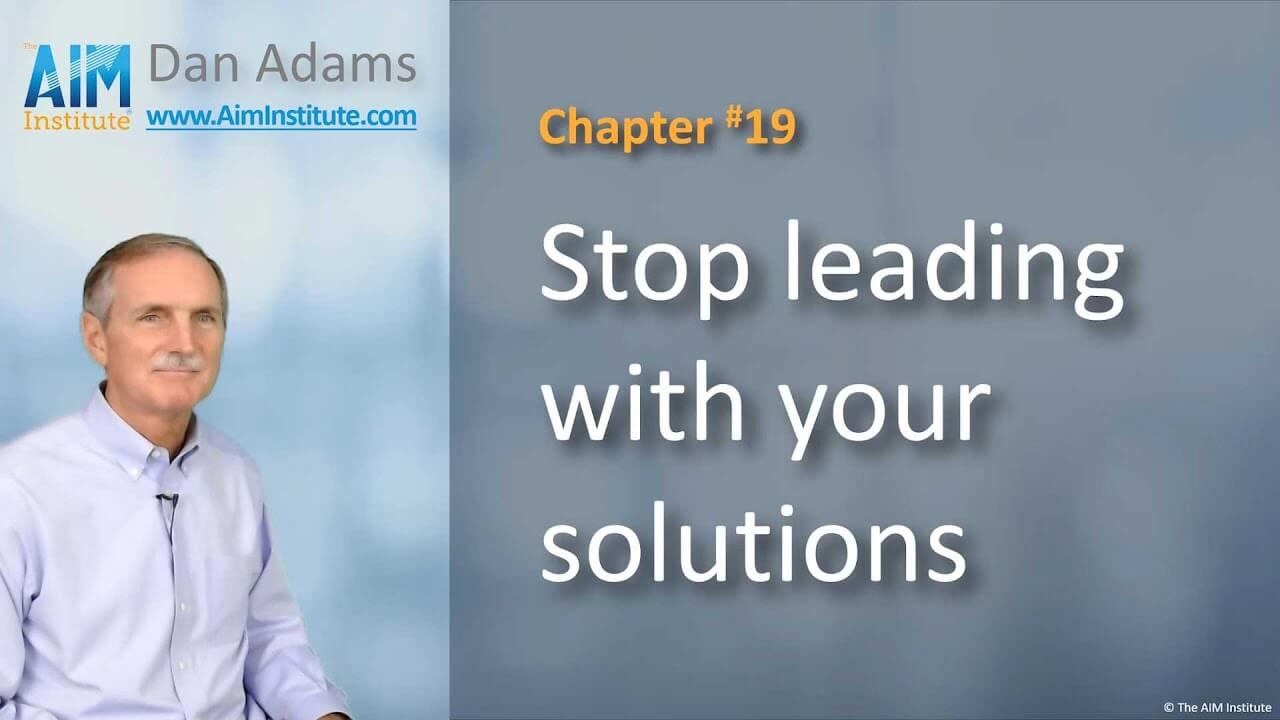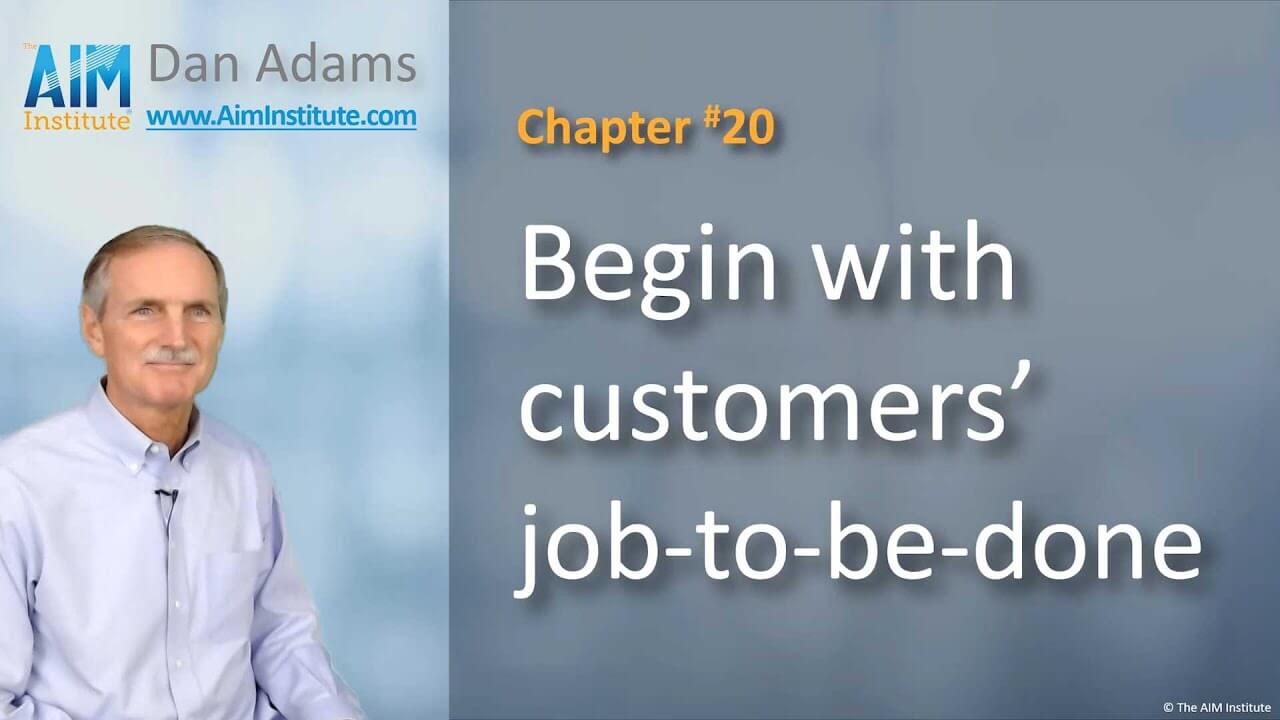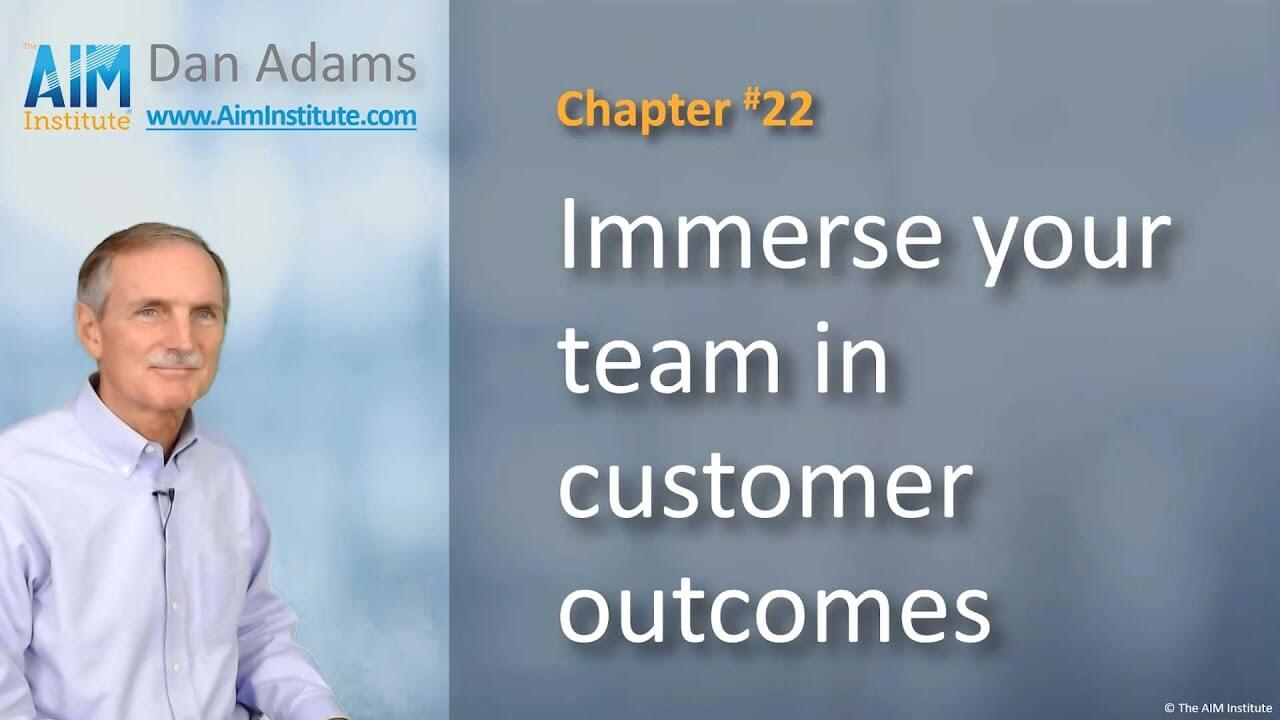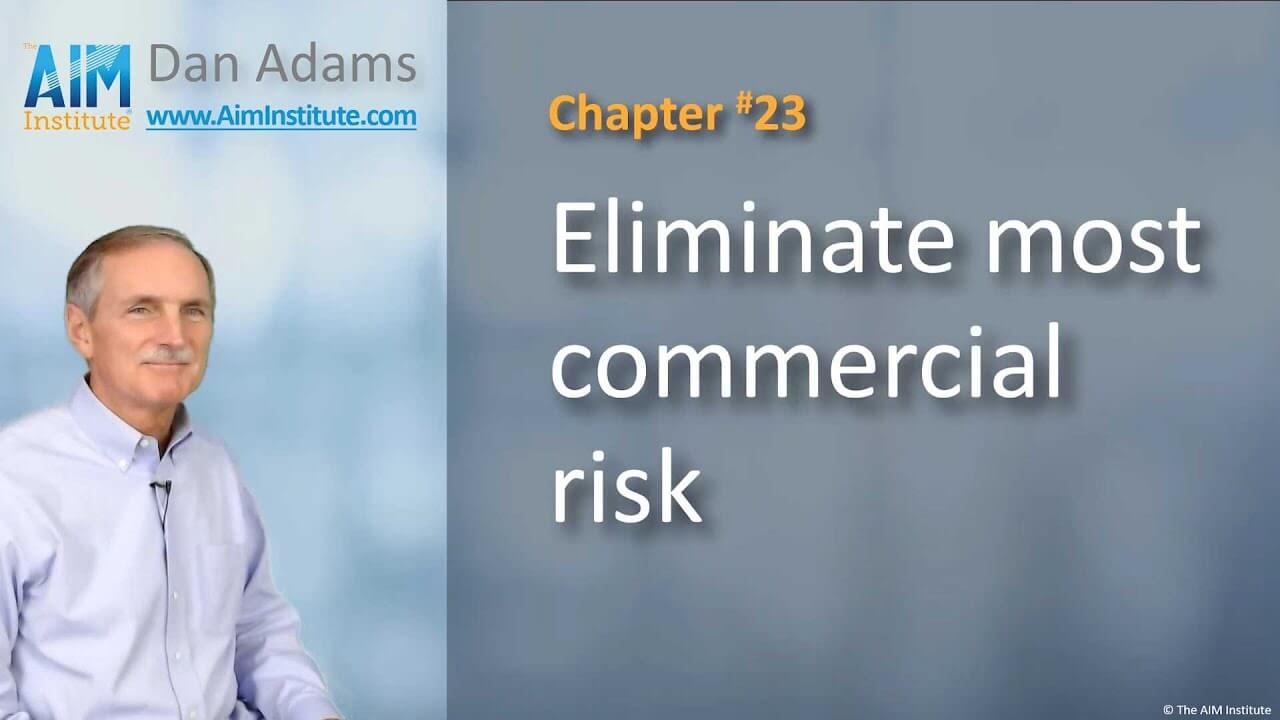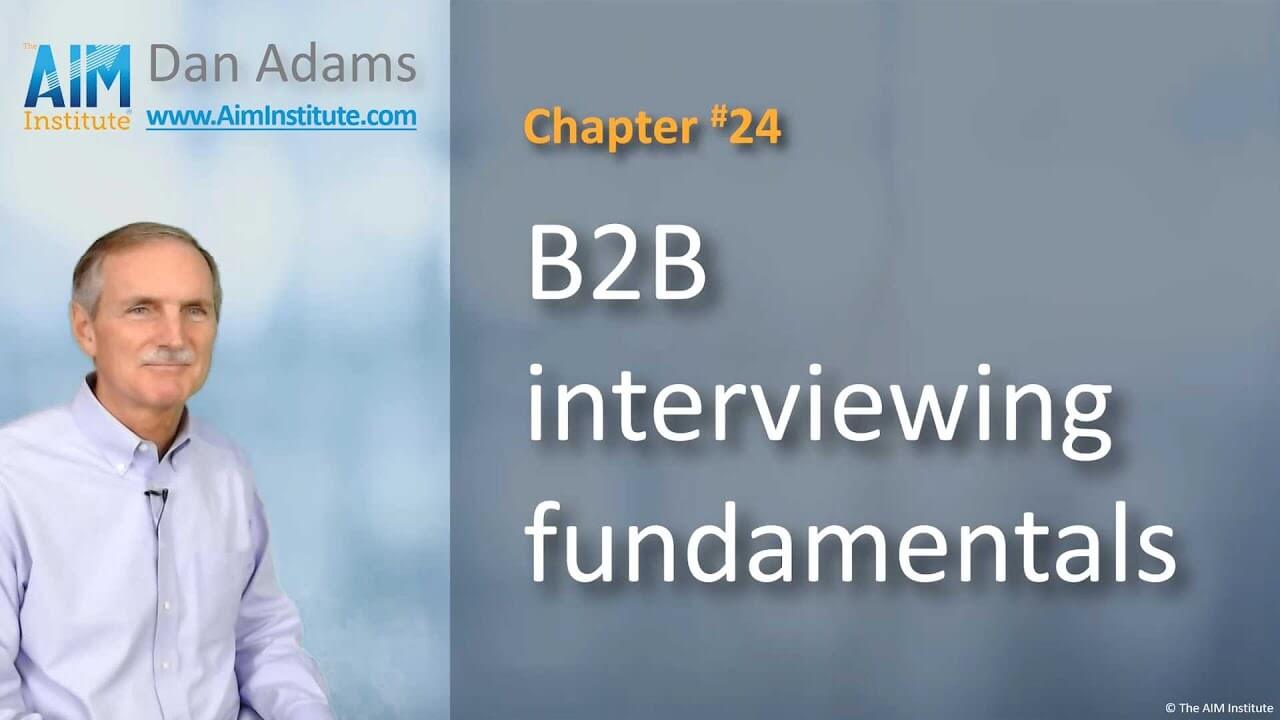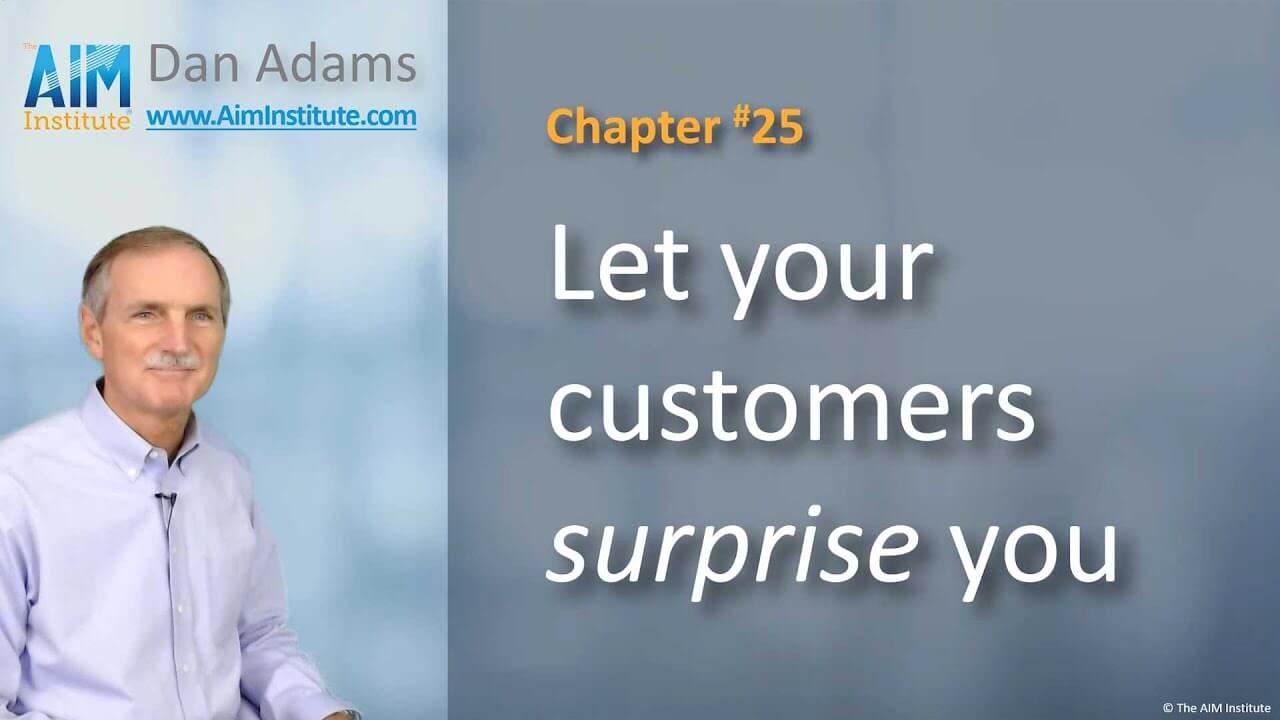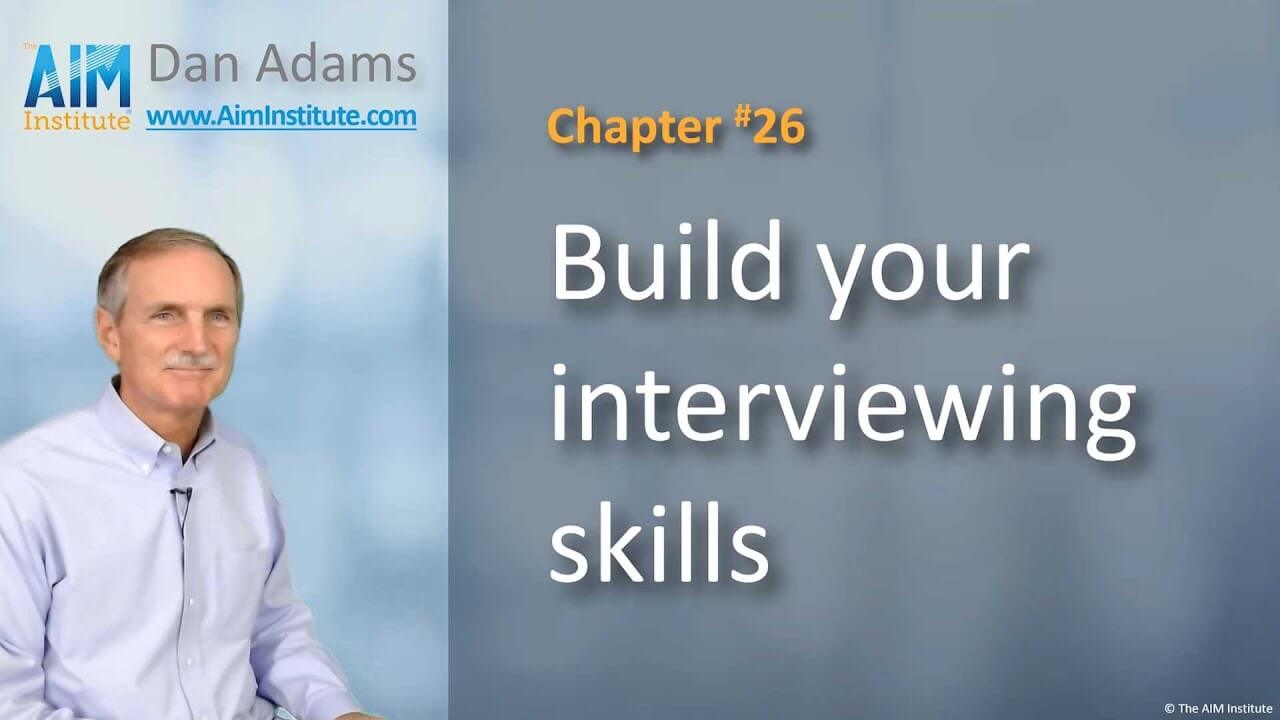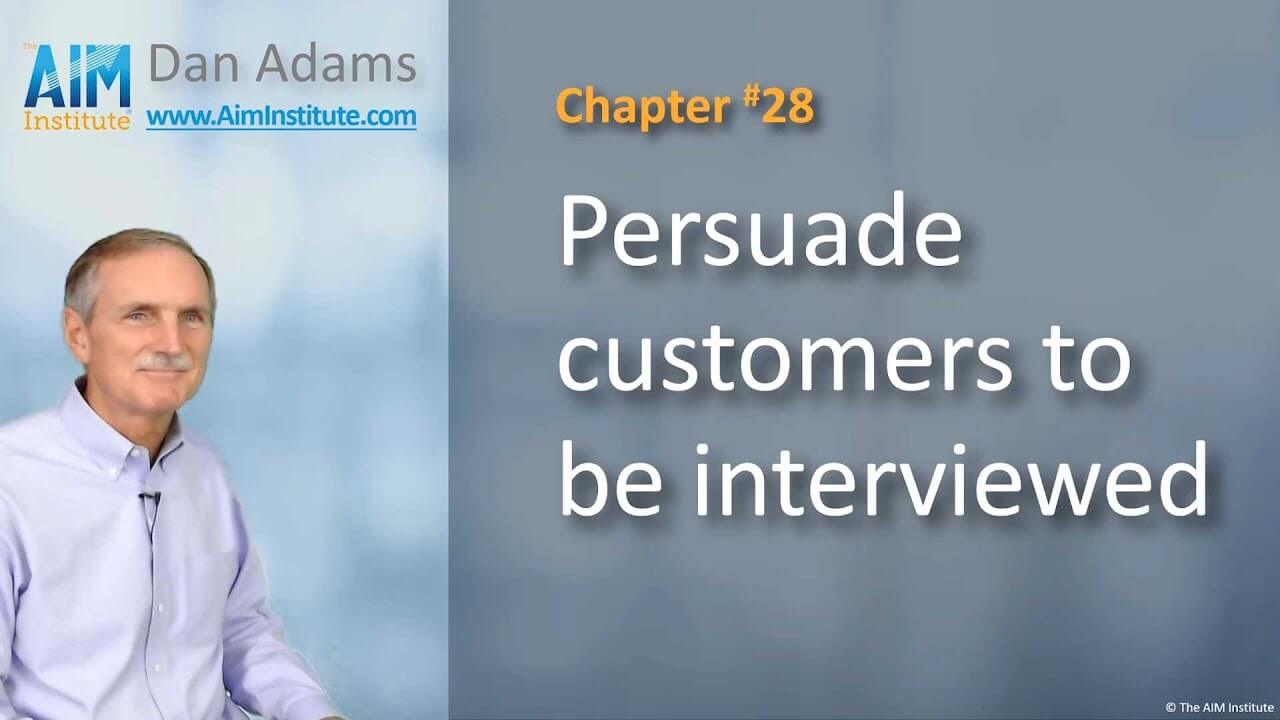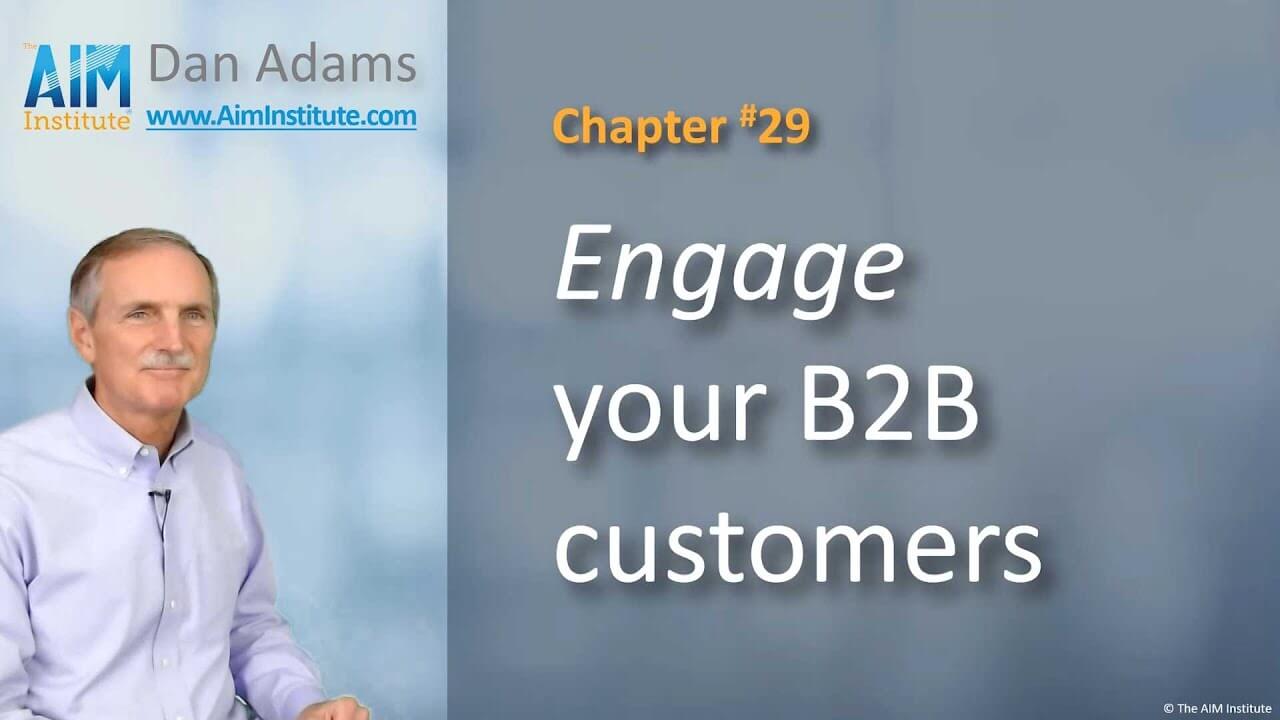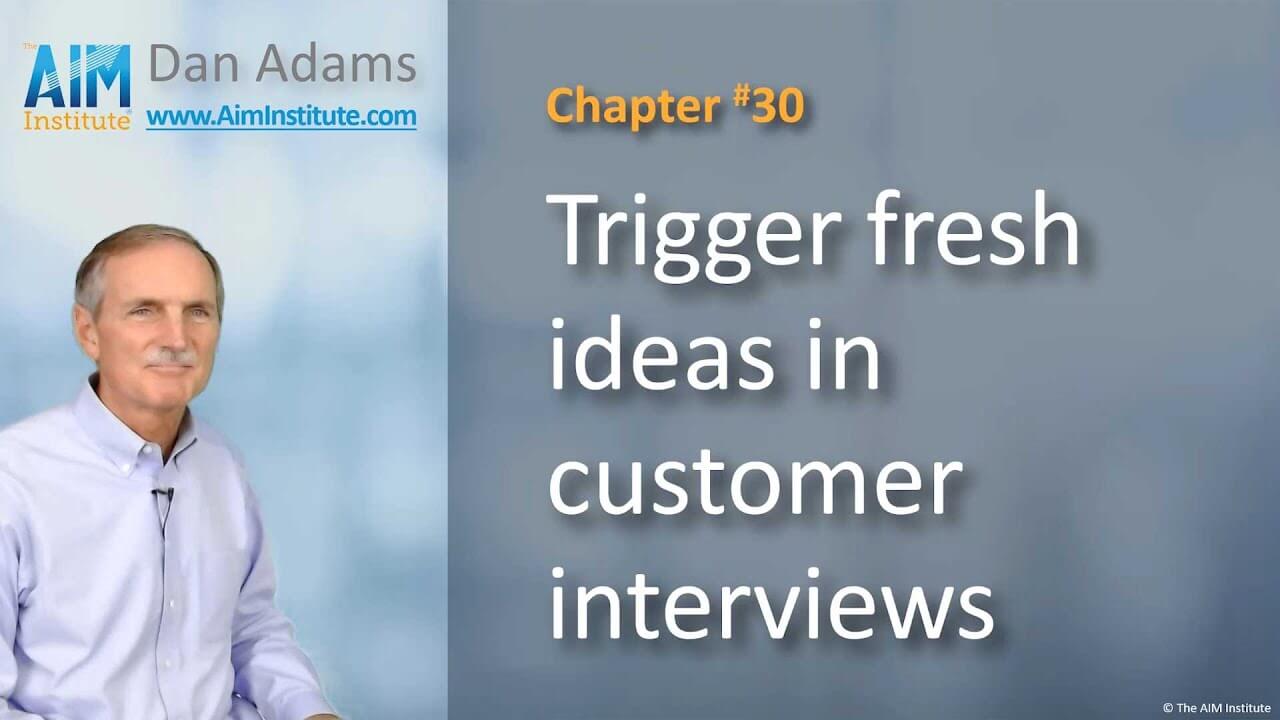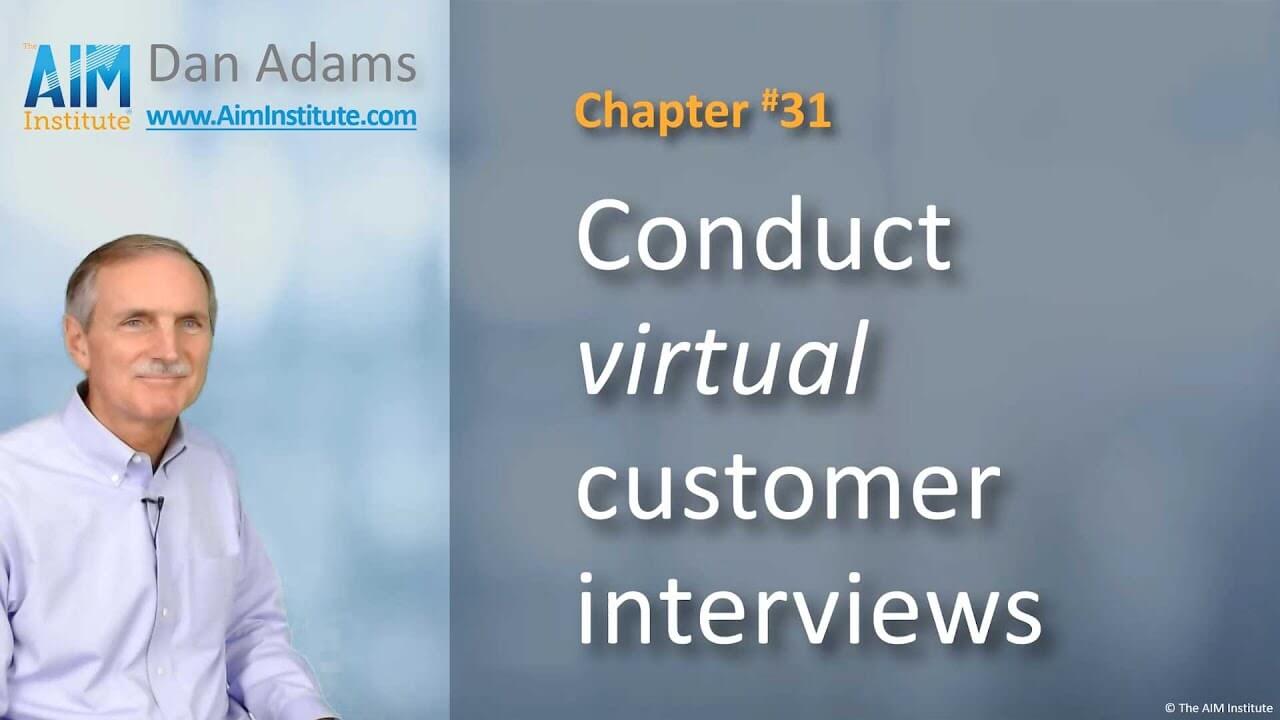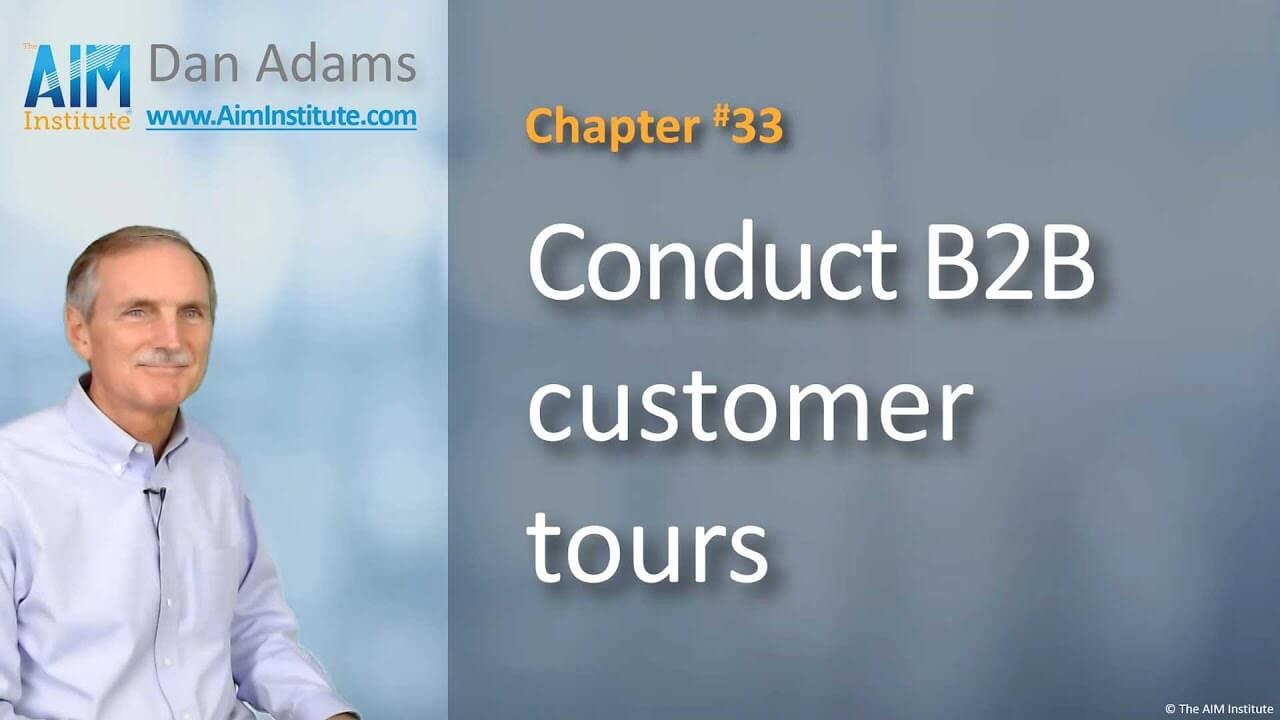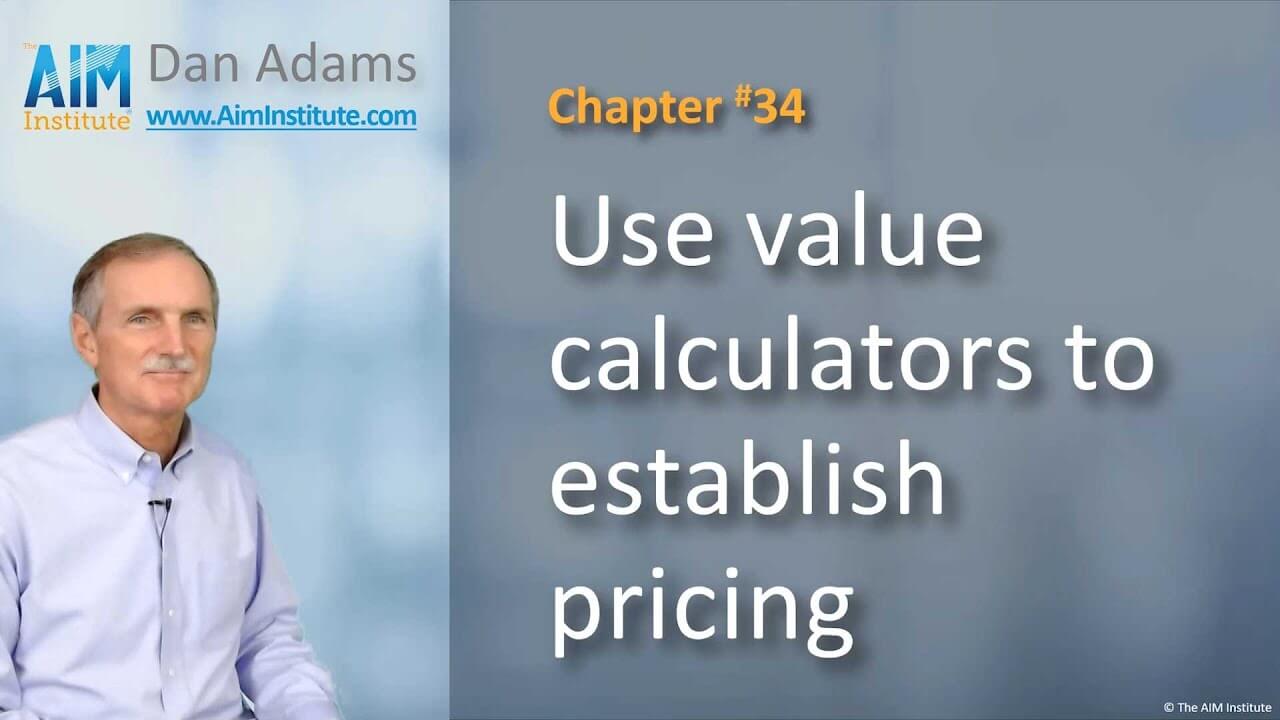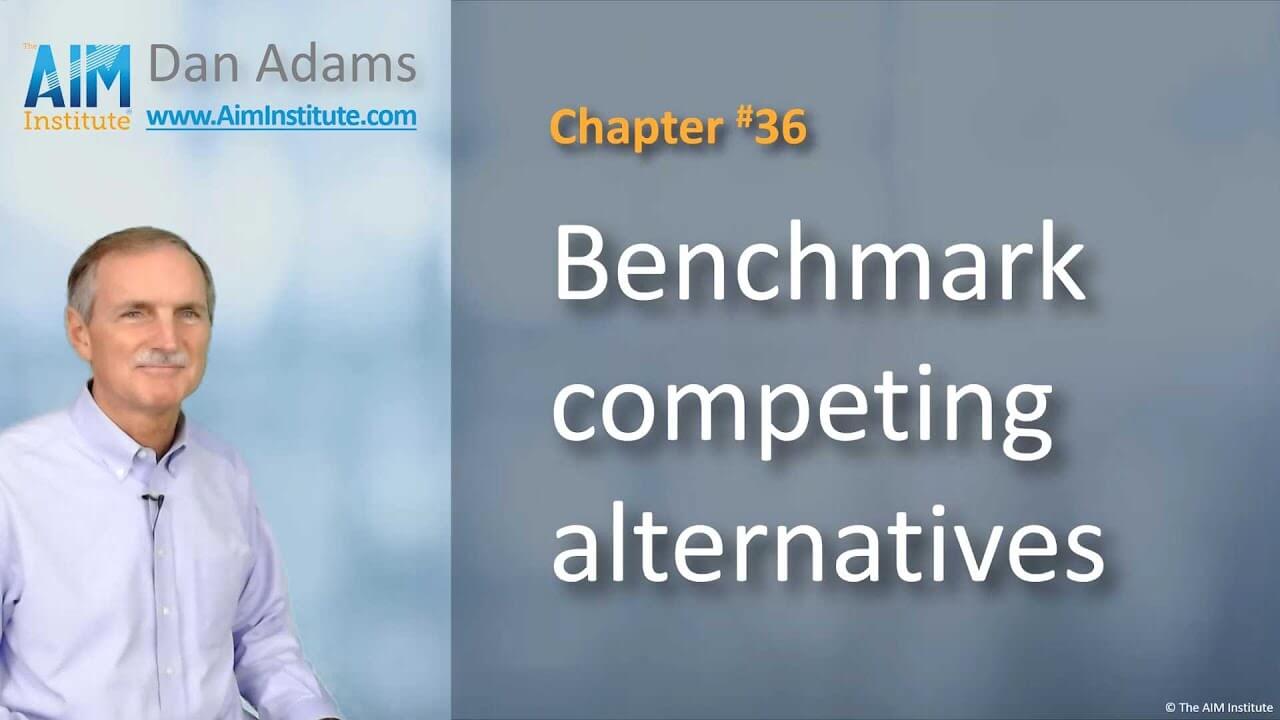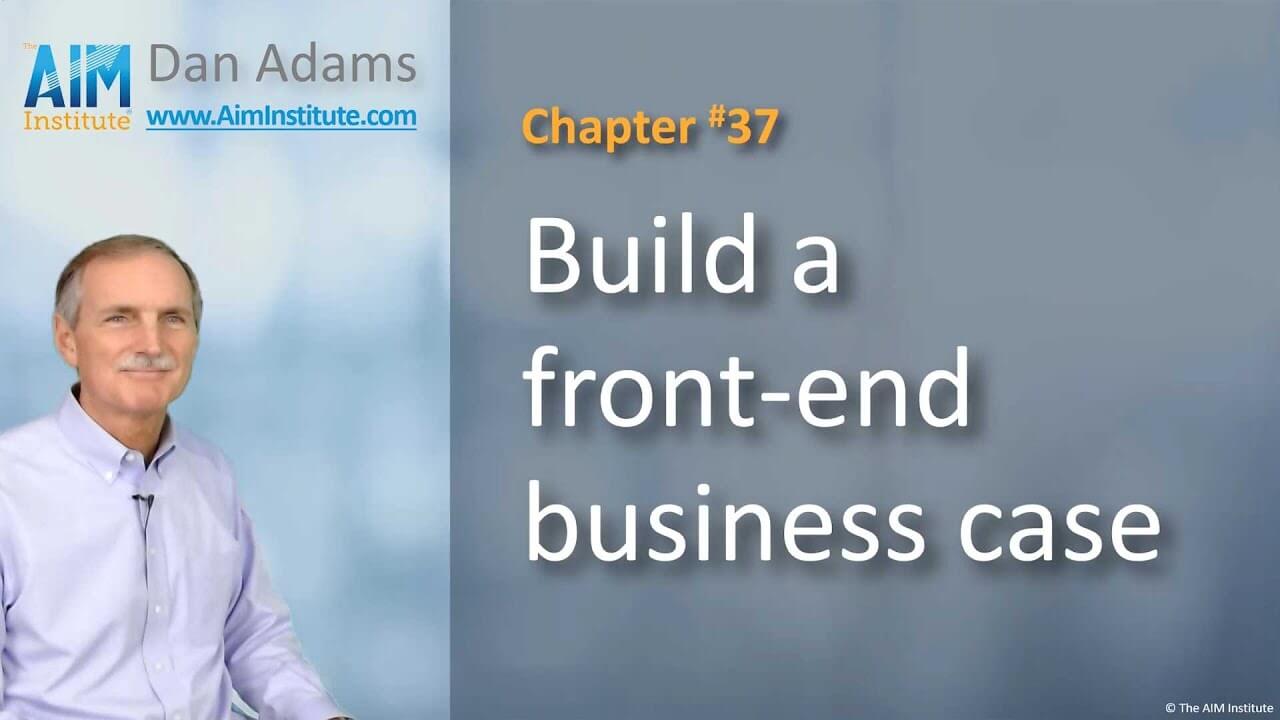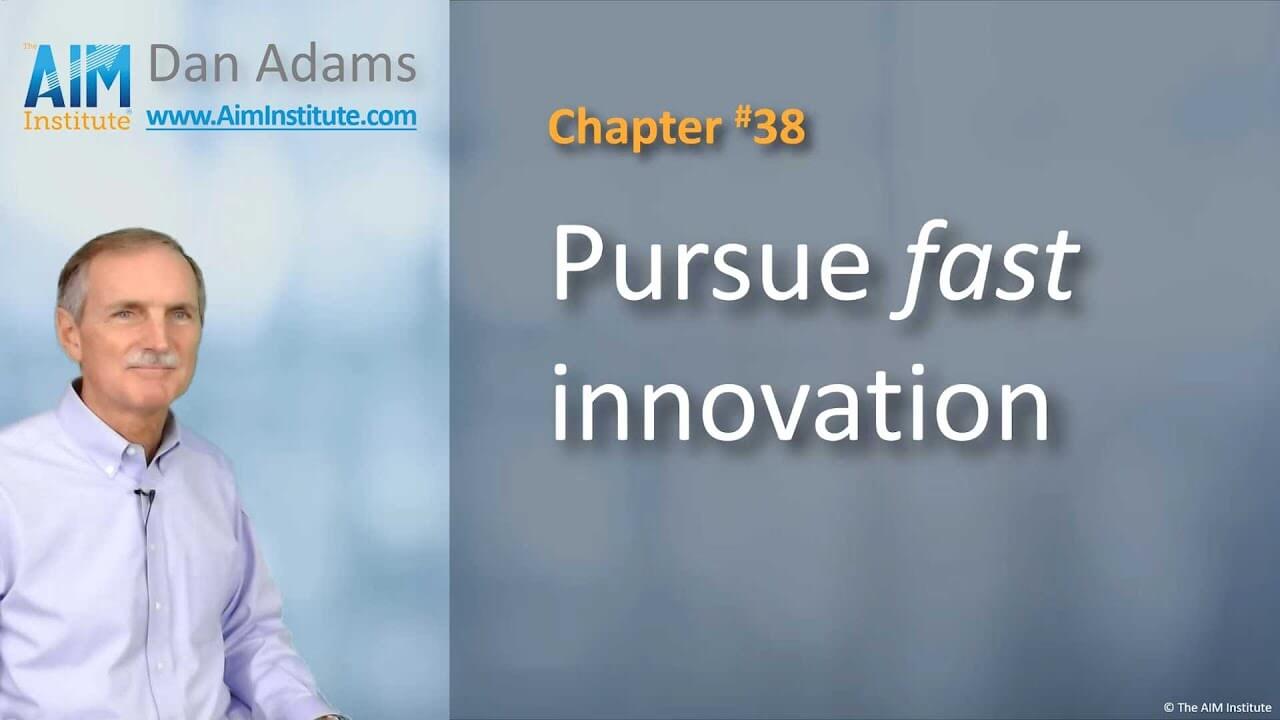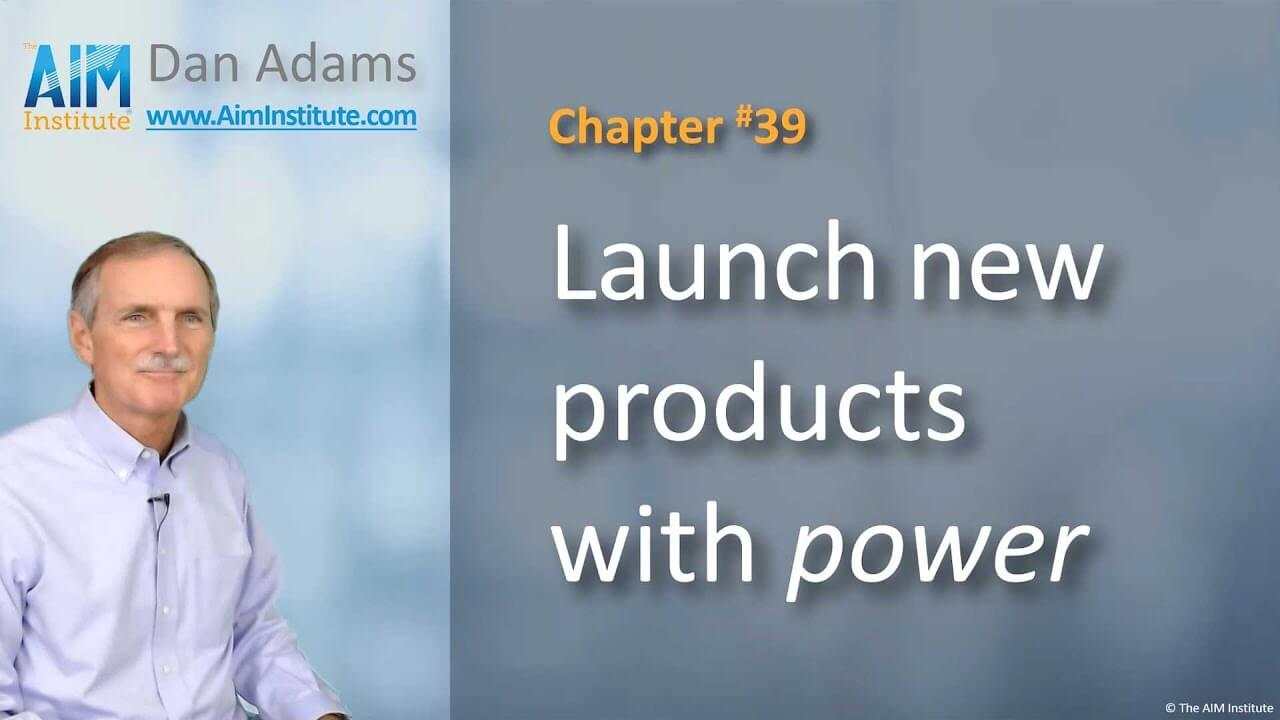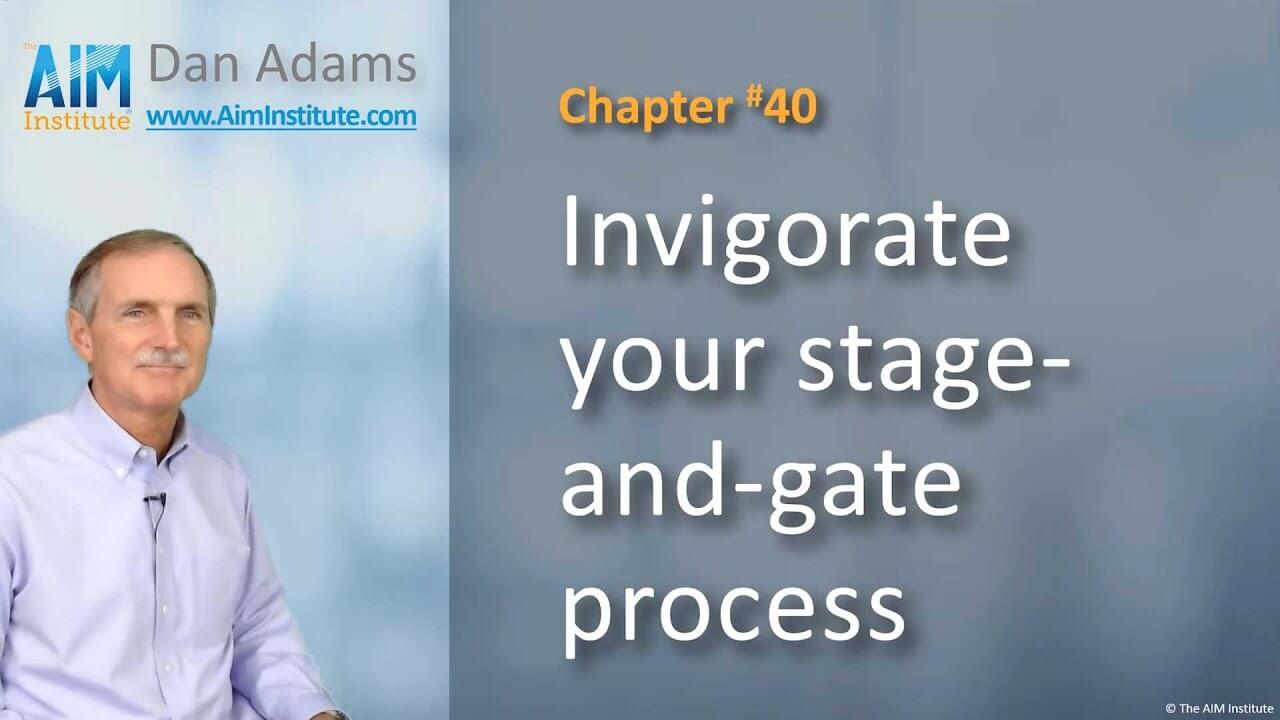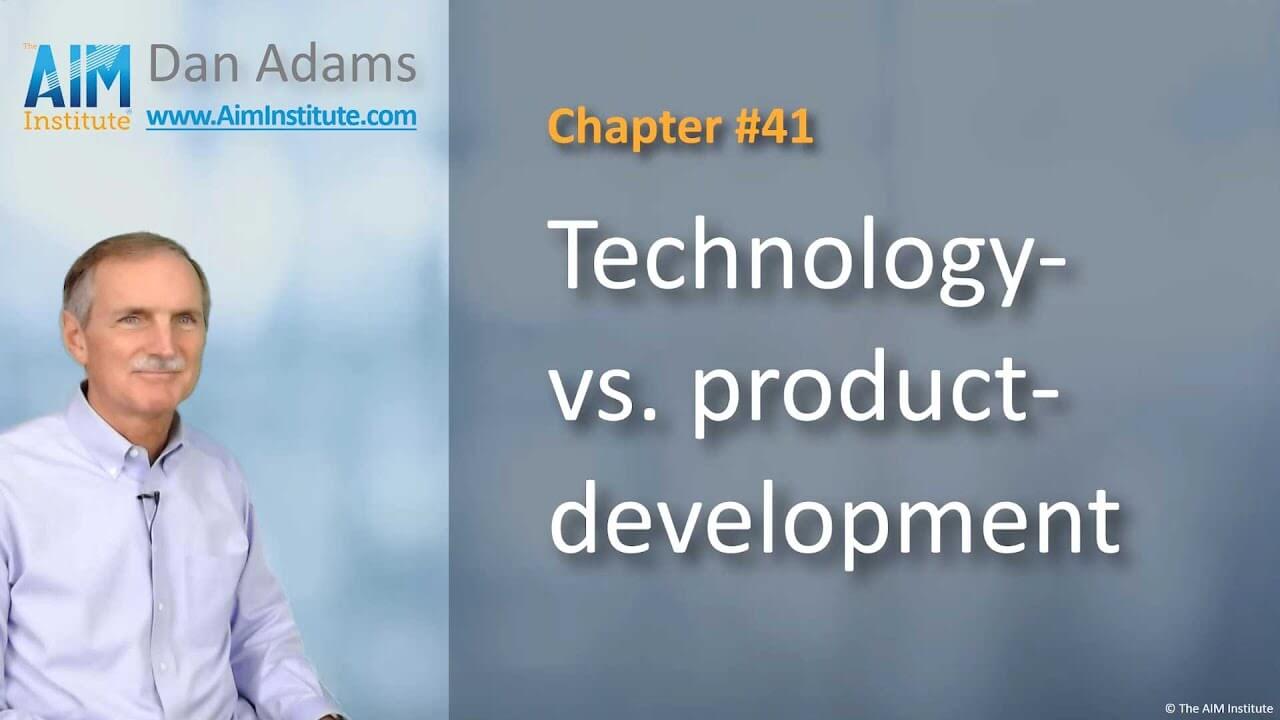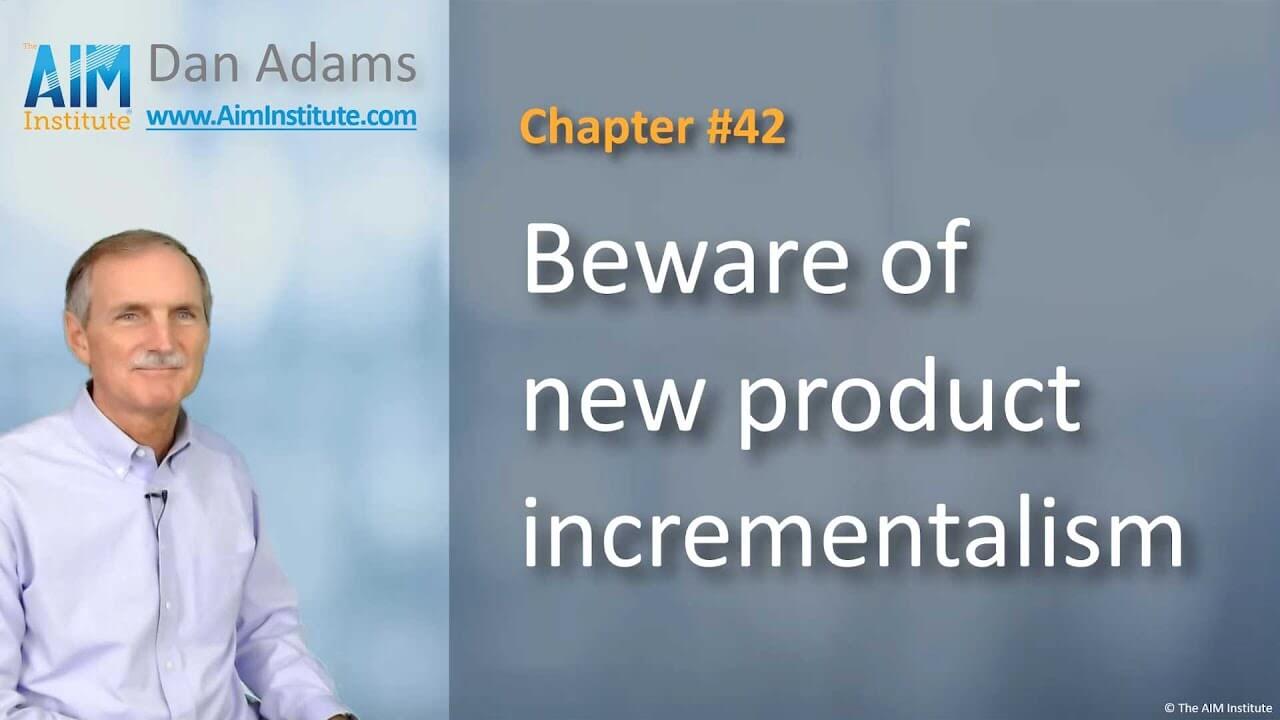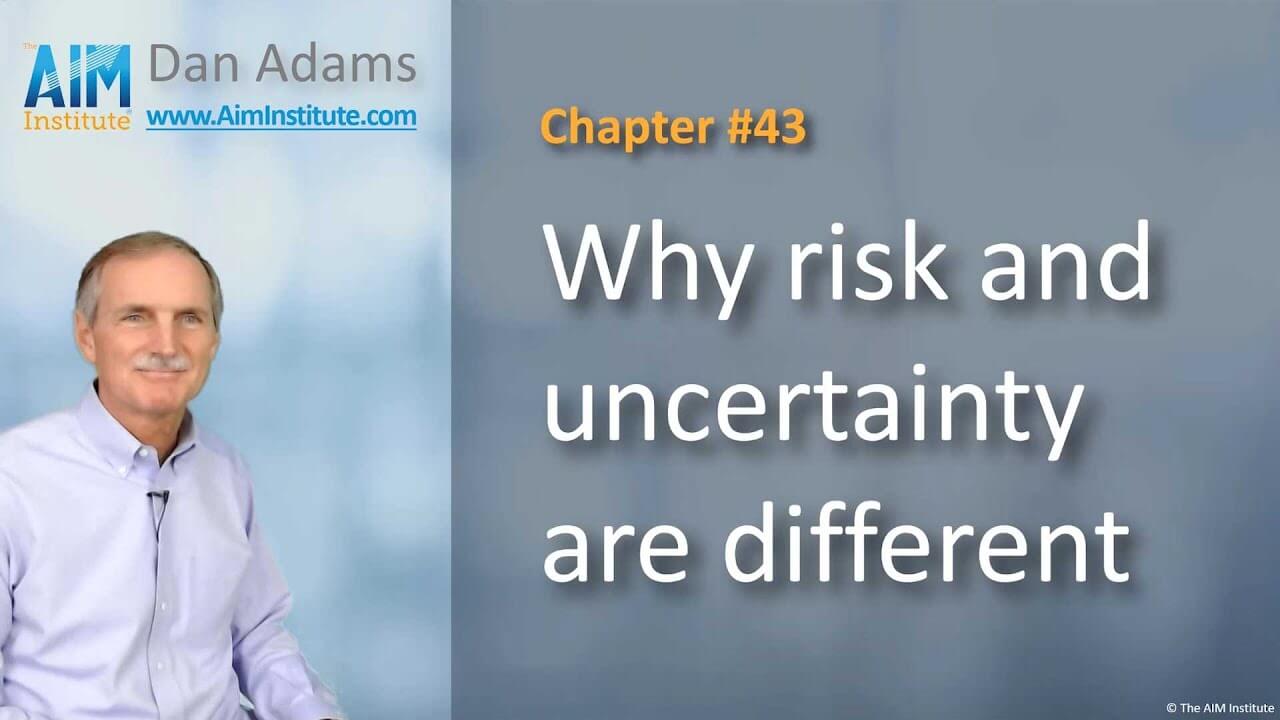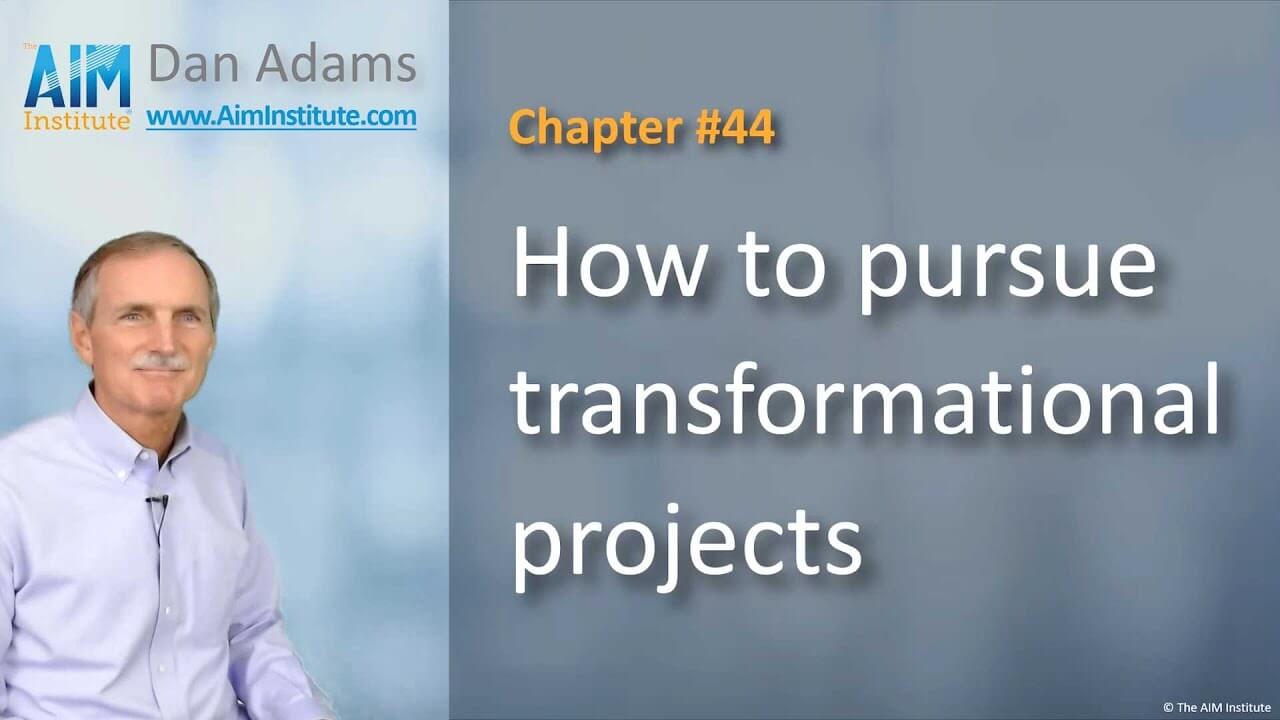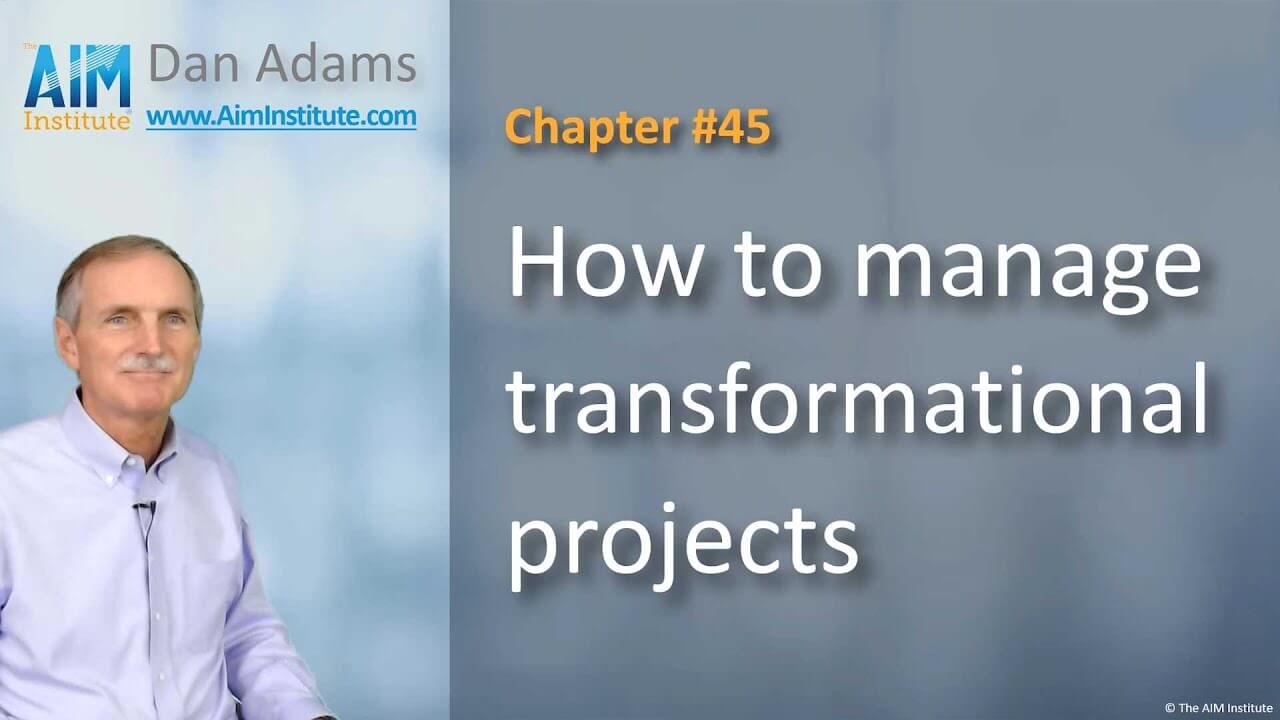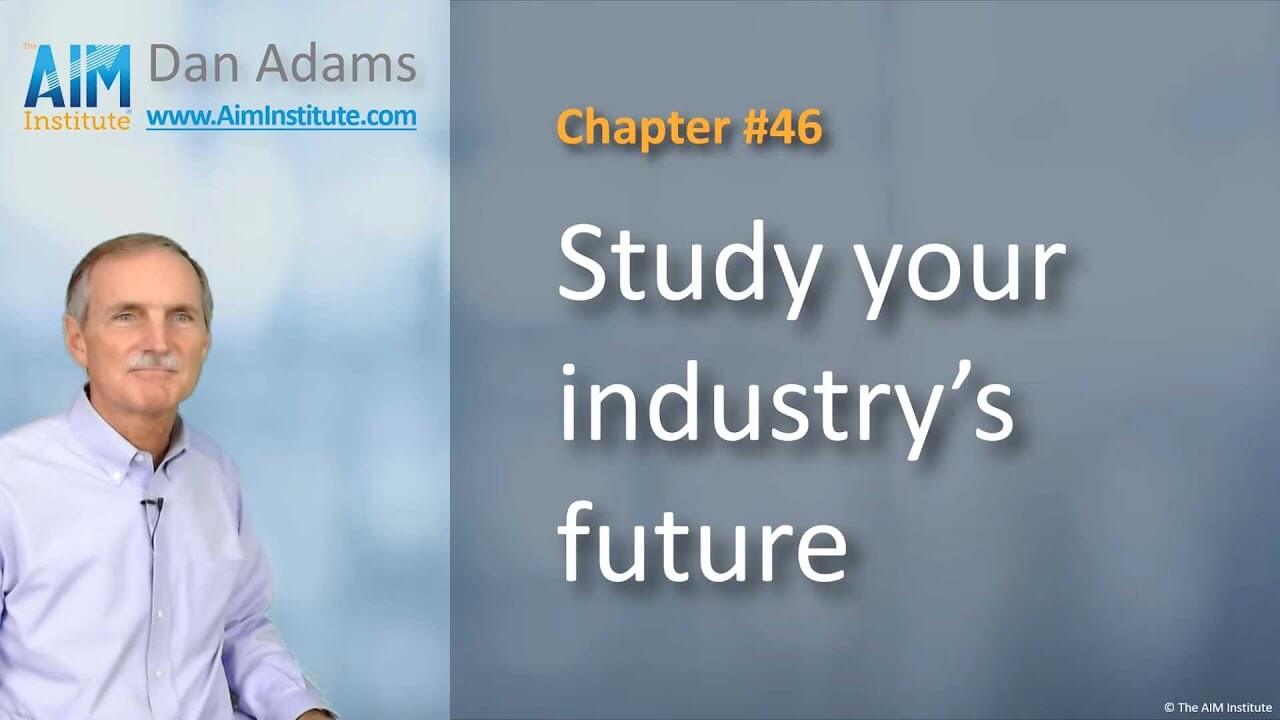If your sales force was also a “learning force,” you would have an “early-warning system” to focus your R&D on market needs before competitors. We call this “market scouting.”
When it comes to understanding market needs, it’s a bad idea to rely entirely on your sales force. It can be hard for them to see trends outside their sales territory… and attract the best customer contacts to meetings by themselves.
But they can be much more than a “sales force.” They can also be a “learning force.” Remember an earlier chapter when I said there were three innovation maturity levels: Solution push, Solution Validation, and the best, Market insight?
Well, actually there are four. Market Scouting is where you monitor markets to detect rising customer needs before your competitors do. And you can use your sales force—I mean learning force—as the early-warning system for this.
Imagine you made glass for cell phones: Do customers need crack resistance? A long time ago, when phone displays were tiny, they did not. But with larger displays, the need became much higher.
Phone producers’ views would change over time, starting with… “I don’t have a problem”… then… “I anticipate a problem”… “I have a problem now”… “I’m solving the problem”… “I don’t have a problem.” This is your sweet spot for innovation.
Imagine your “learning force” recorded customer outcomes in their call reports, which you regularly data-mined for outcome frequency… and you detected this rising interest in crack resistance. That’s market scouting.
But it gets even better: Good sales probing does two things: Research by Neil Rackham shows it leads to better selling of current products. And you learn where to focus your innovation for better future products.
Just think: By creating a “learning force,” you can sell more now and sell more later. It doesn’t get better than that.
You can read more about Level 4 Market Scouting in this white paper, Timing is Everything.
